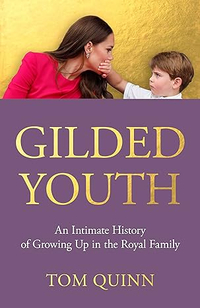Every royal word you need to know - and what they all actually mean
The royals have an entire language of their own - so here’s everything you need to know to ensure you’re up to speed with the lingo of the monarchy
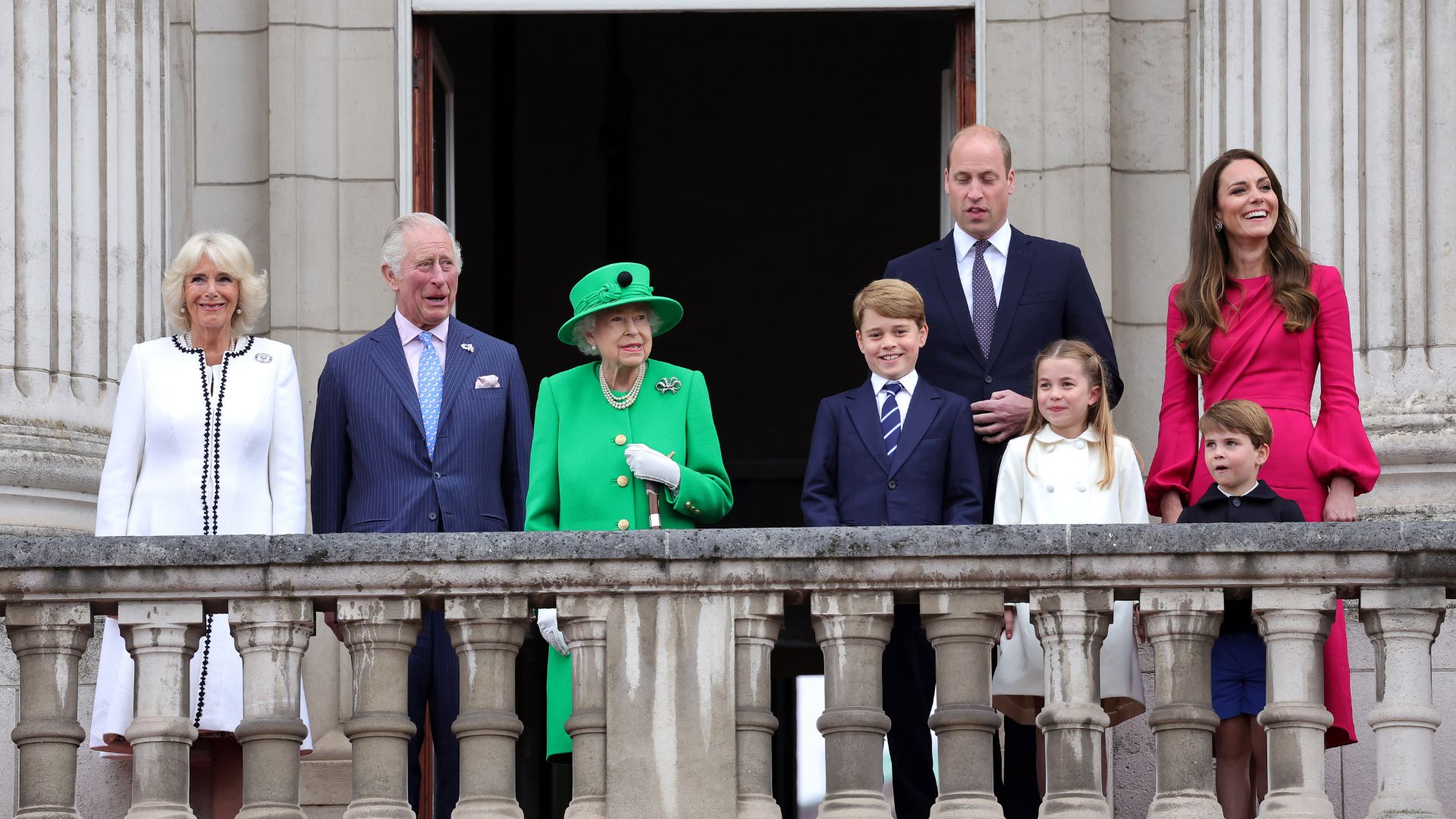
Often, the complex words and language used by (and about) the royal family, can make it seem as though the monarchy is an entirely different world. So if you're curious to get up to speed, here's our guide to all the most important royal terminology.
There's no doubt that the world of the royals, and those around them, has its own vocabulary; the likes of Prince William, Kate Middleton, King Charles and Queen Camilla are often referred to with important-sounding titles (that often change), and the tasks they perform and events they go to, usually have names that most of us don't use in our everyday lives.
These names can be a more than little confusing. After all, what actually is a Viscount, and who qualifies as a Duke? Why might someone be a Queen Consort, rather than a Duchess? And what is an equerry? With our list of all the important royal words you need to know, and what they mean, you'll be speaking like a blue blood in no time.
32 royal words you need to know
Monarchy
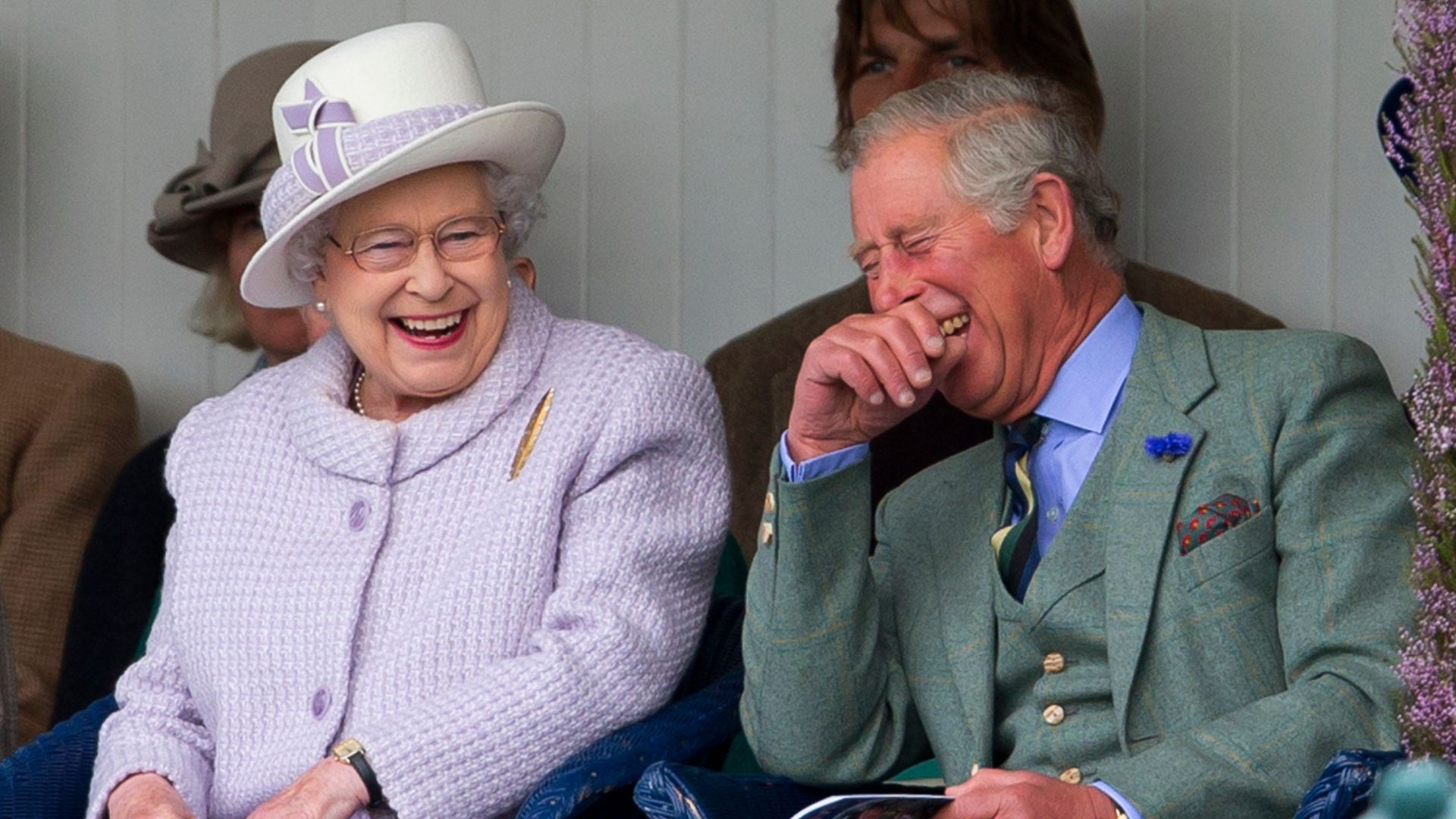
The word ‘monarchy’ simply refers to a form of government which has a King or Queen at the head of it. The United Kingdom has a monarchy for example, which means that King Charles is currently the Head of State.
However, in the UK, there's important caveat to this. The United Kingdom is actually a constitutional monarchy, which means that while the King (or Queen) is Head of State and does approve all government decisions, the main power to debate and pass important legislation lies solely with elected members of Parliament, like the Prime Minister.
The word monarchy is often used in another way, too – you'll often hear people refer to the current Head of State as the ‘monarch’ of said country.
Gilded Youth: An Intimate History of Growing Up in the Royal Family by Tom Quinn | £13.88 at Amazon
Exploring what it's like to grow up in the Royal Family, Tom Quinn brings together historical sources with testimonies from palace staff. There are tales of royal mischievousness, including surprising anecdotes about Queen Elizabeth and Prince William, and it's shocking, funny and insightful all at once.
Prince
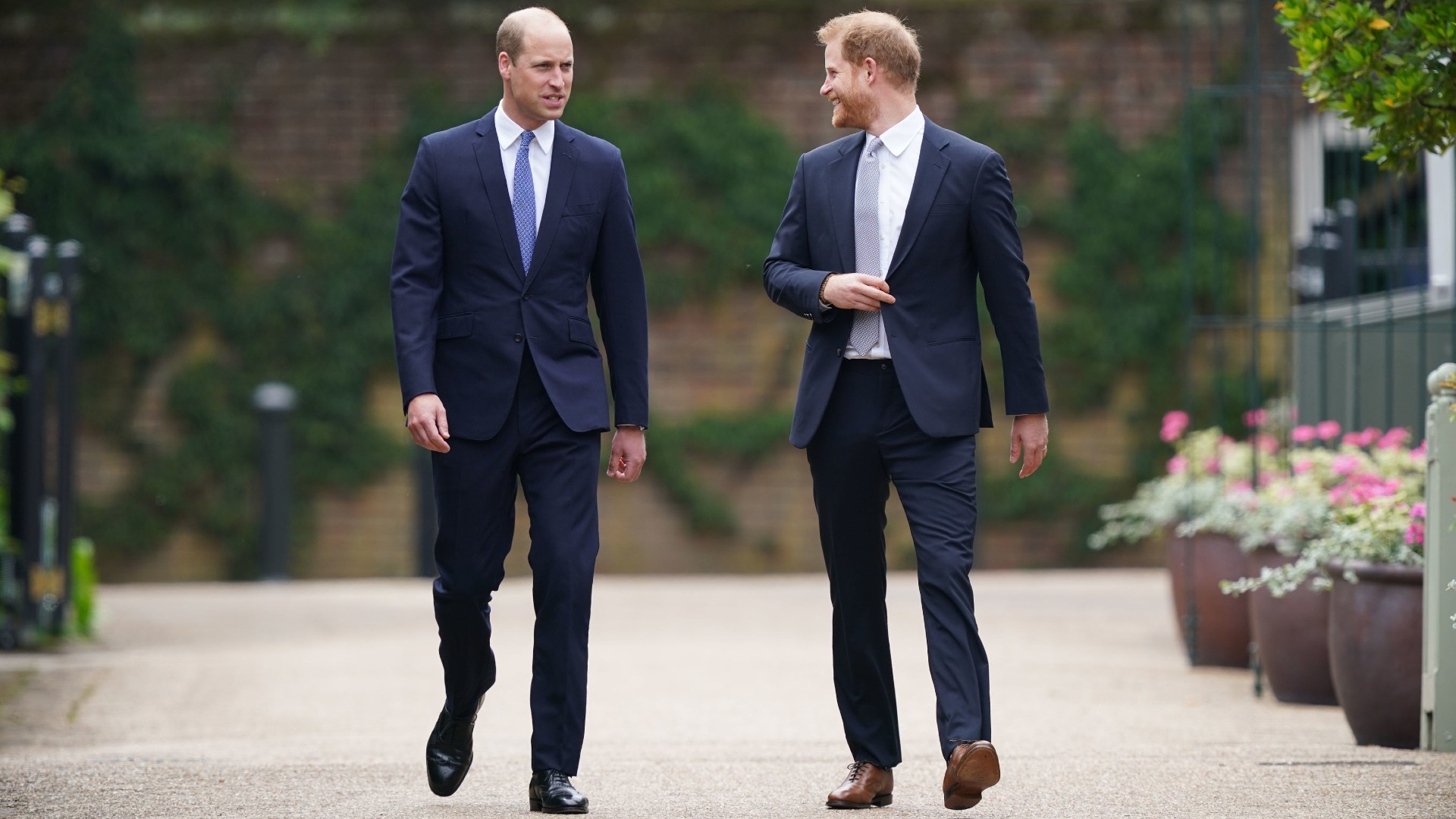
The definition of the word ‘Prince’ is pretty straightforward - a Prince is simply a male member of the monarchy, and it's a title usually bestowed on a son or grandson of the monarch. For example, Prince William and Prince Harry have always been referred to as Princes, as they are the sons of the now-reigning monarch, King Charles.
Sign up for the woman&home newsletter
Sign up to our free daily email for the latest royal and entertainment news, interesting opinion, expert advice on styling and beauty trends, and no-nonsense guides to the health and wellness questions you want answered.
And it tends to be a title that sticks with members of the royal family for life; for example, even though Prince Andrew and Prince Edward are no longer sons of the monarch, as the late Queen Elizabeth II’s children, they will maintain this royal title for the foreseeable future.
Princess
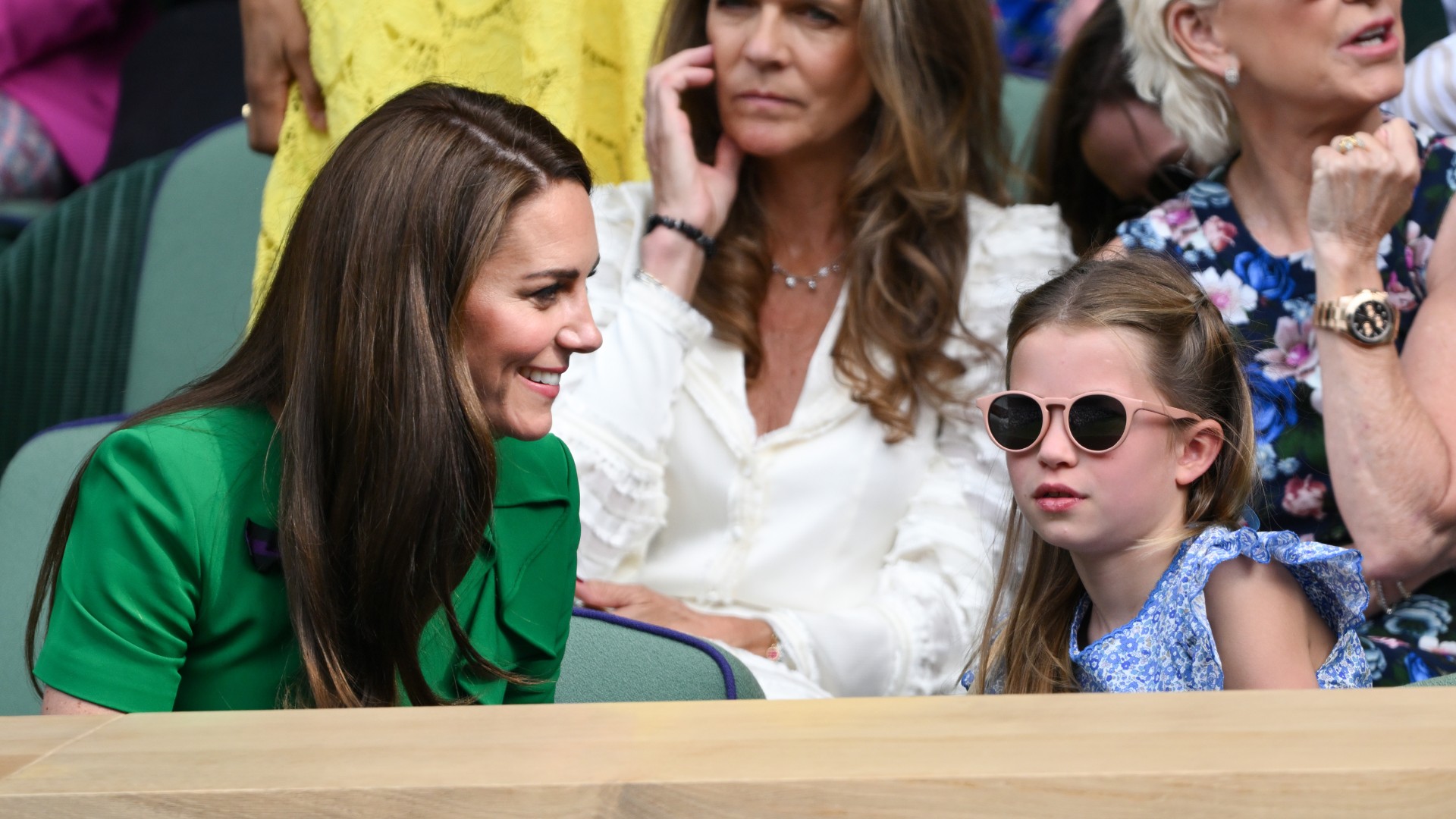
Princess is defined in the same way as Prince - it is usually used to refer to a female member of the monarchy, usually a daughter or granddaughter of the monarch. Most obviously, Prince William and Catherine's only daughter is 'Princess' Charlotte.
But Princess is also a title that can be used for other members of the royal family, as long as they are direct relatives of the monarch. Princess Eugenie and Princess Beatrice, Prince Andrew’s daughters, have held the title of Princess since their birth and will likely retain it until the day they die, as grandchildren of Queen Elizabeth II. The title Princess doesn’t typically extend to women who marry into the monarchy though, which is why Kate Middleton has never been referred to as Princess Catherine.
Queen
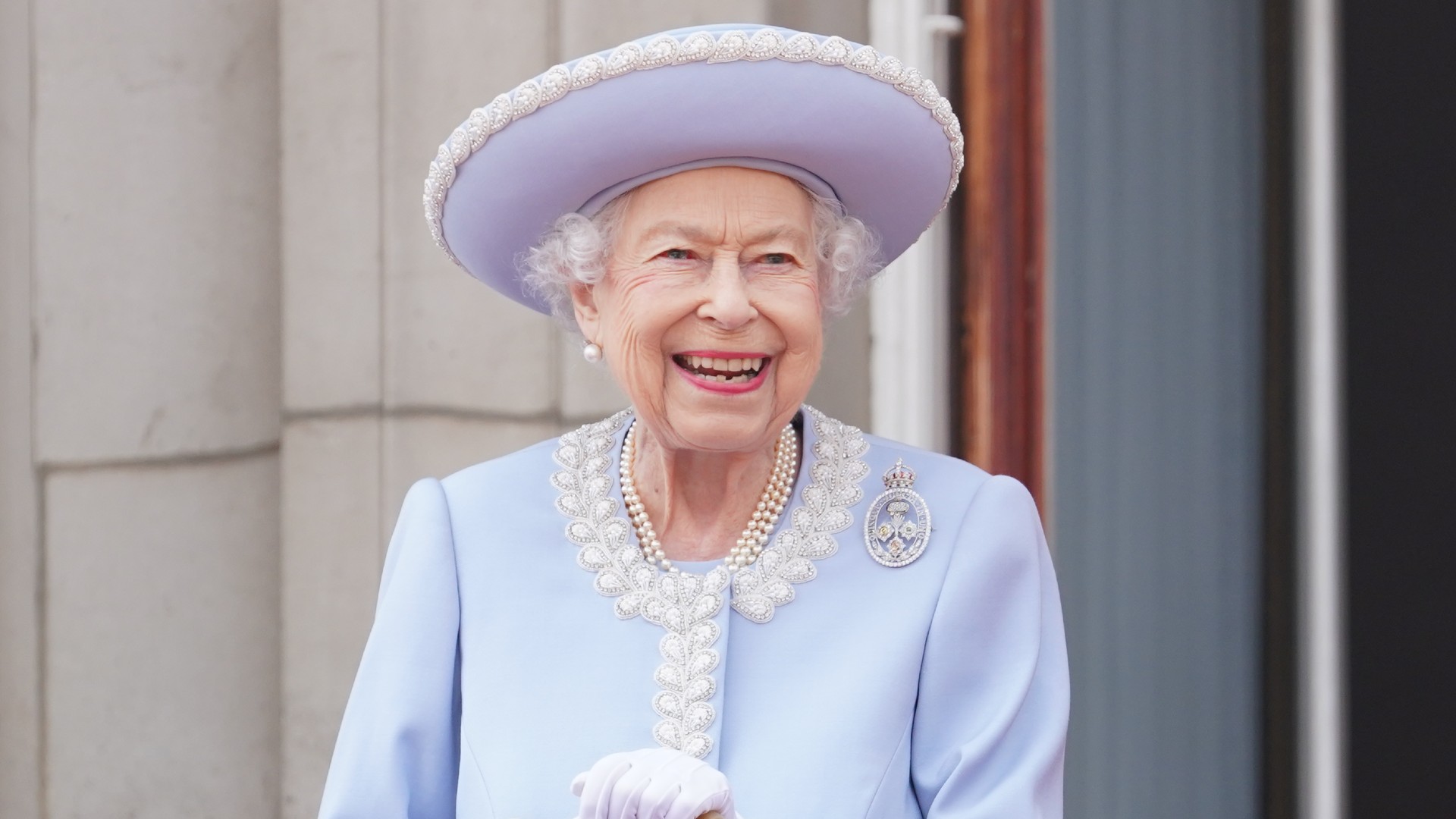
A 'Queen’, perhaps most obviously, refers to a female head of the monarchy. A Queen is usually the Head of State in an independent country, and it's most often a position inherited by birth. Queen Elizabeth II is the most obvious example of this word, having become Queen after the death of her father in 1952, reigning over the United Kingdom for over 70 years.
The word Queen can also be used to refer to the wife of a monarch. For example, Camilla, wife of King Charles, is now often referred to as Queen Camilla – and there's every chance that Catherine, Princess of Wales, will also be referred to as Queen when Prince William comes to the throne.
King
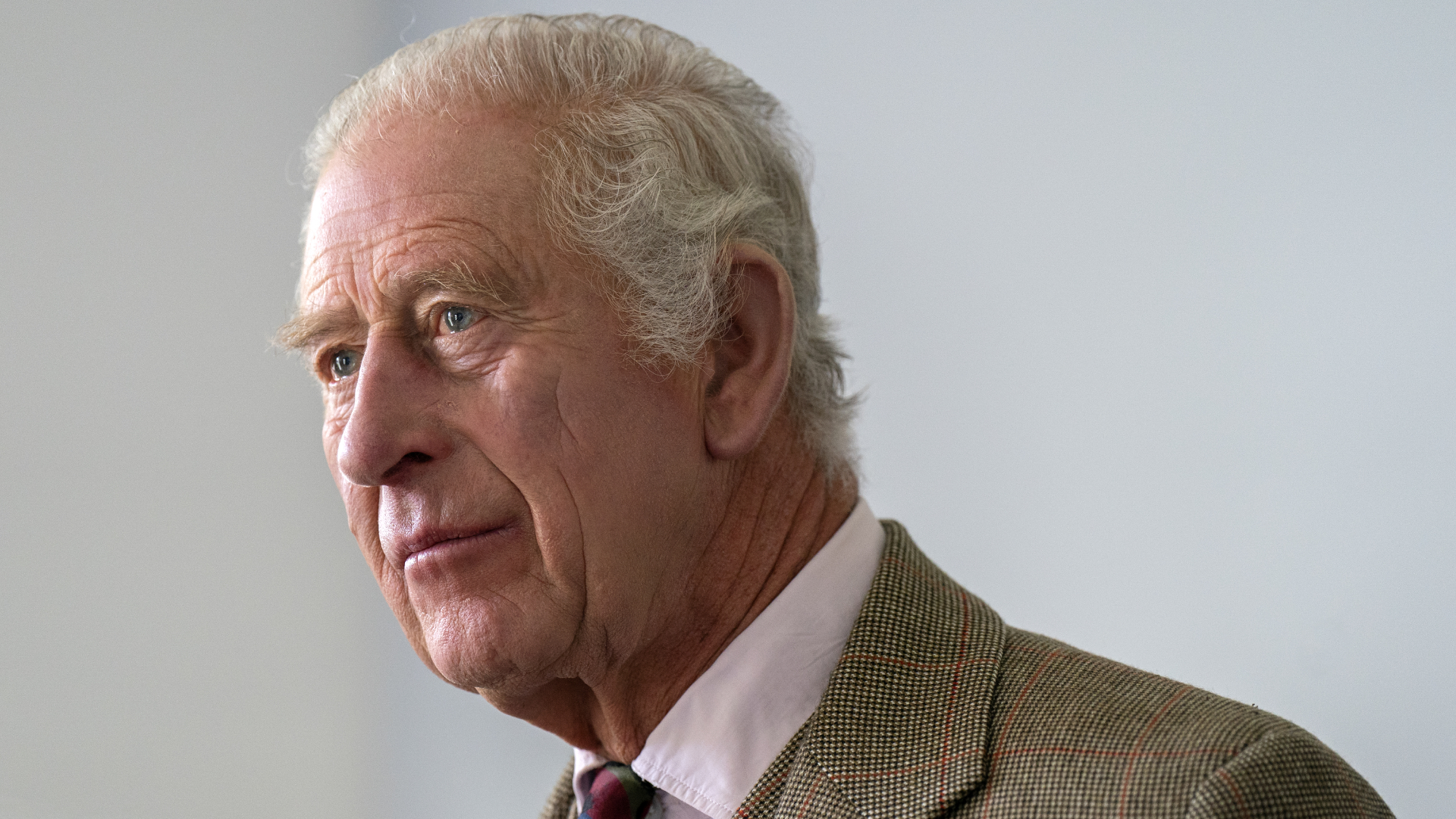
The royal word ‘King’ refers to a male head of the monarch, and this is a position which is usually inherited via a birthright. King Charles is the current reigning monarch in the United Kingdom, and his son, Prince William will eventually become a King, too.
Famously, Prince Philip did not become a King when Queen Elizabeth rose to the throne. The reason for this is because, within British royalty, it is simply tradition for the male spouse of a female monarch to be referred to as 'Prince Consort' – whereas it is tradition for the female spouse of a male monarch to be referred to as 'Queen Consort.'
There’s also the fact that Philip was a Prince before meeting Queen Elizabeth; he was a member of the royal family of Denmark and Greece and was named Prince Philip at birth.
Queen Consort
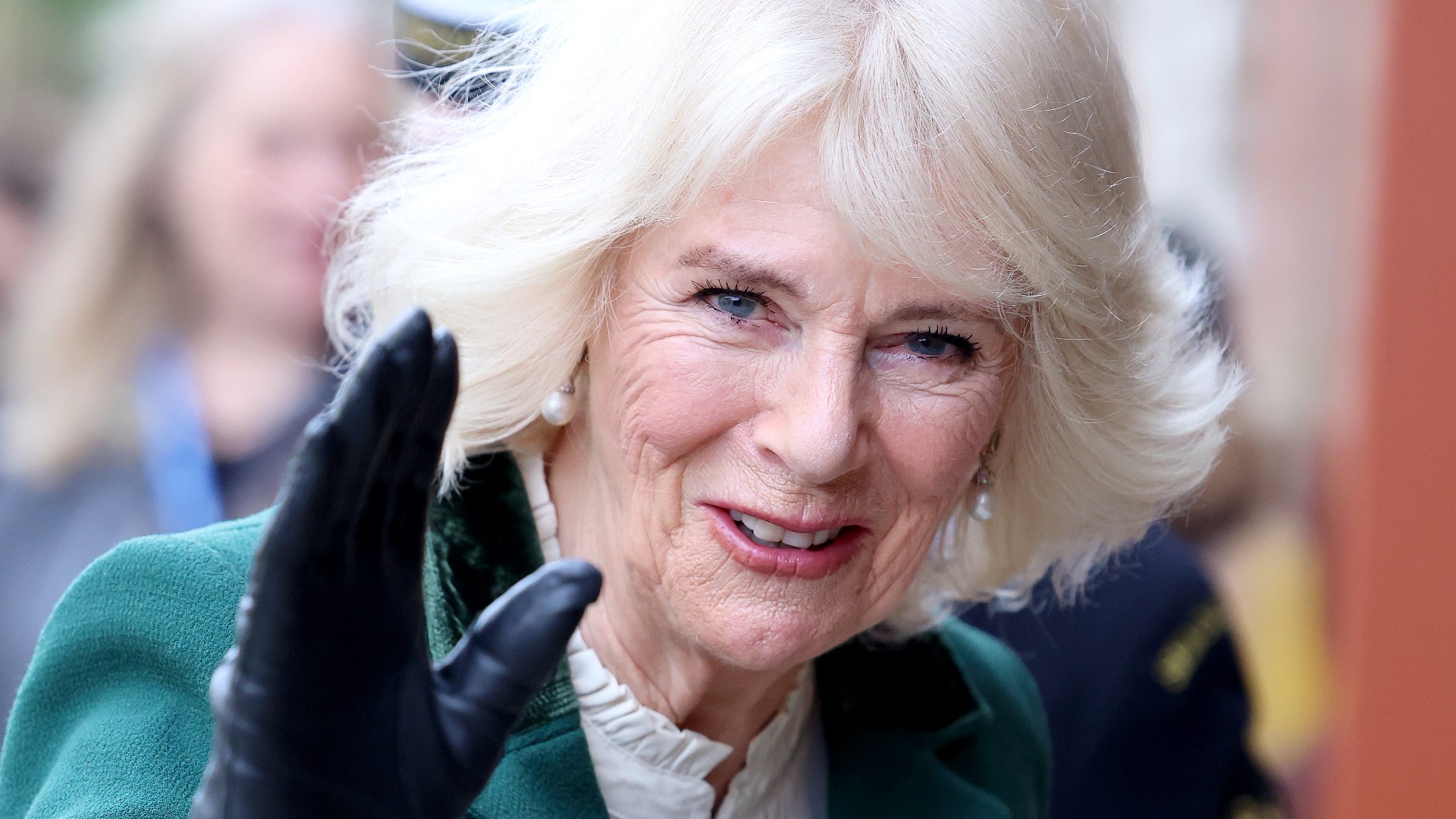
Queen Consort is a title that has often been used for Camilla, the former Duchess of Cornwall. But what exactly does it mean?
Typically, Queen Consort is used as a way to refer to the female spouse of a reigning male monarch. It’s used to signify the fact that there is a difference between a Queen who was born into the royal family and become a Queen via her birthright, vs. a Queen who becomes one by marriage, like Camilla.
In strict terms, the Queen Consort doesn’t have any official powers, but instead acts as a key support to the monarch, as Camilla does with her husband King Charles.
Queen Regnant
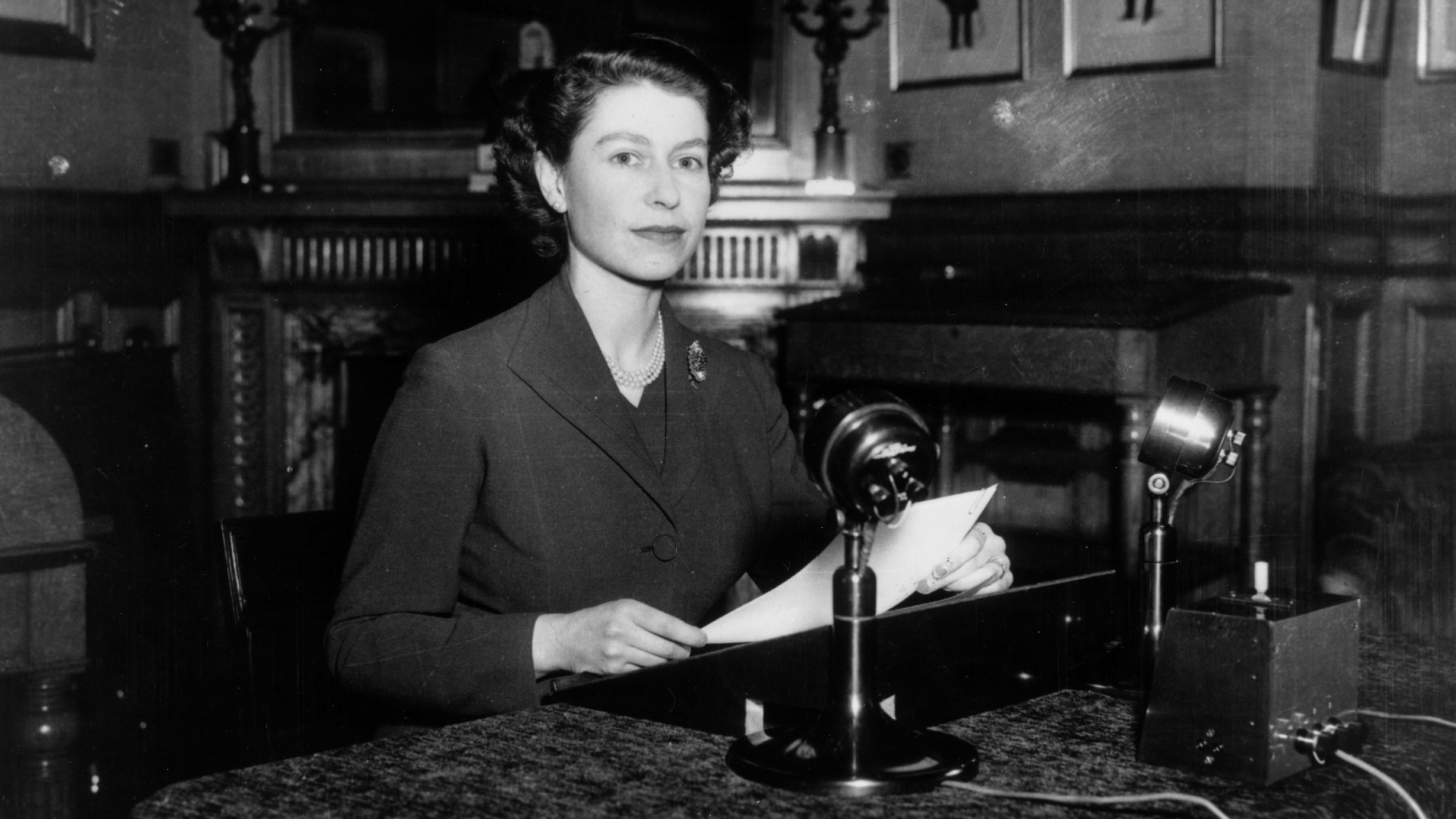
The phrase 'Queen Regnant' isn’t heard as often as the phrase Queen Consort, but its definition is essentially the opposite. The term is used (usually in an official capacity) to describe a Queen who was born into the royal family and inherited the important position from a mother or father.
The most obvious example of this word is Queen Elizabeth II - she became Queen Regnant after the death of her father King George VI, in 1952. A Queen Regnant holds the powers of the monarch, and the rest of the family supports her in her official duties.
Sovereign
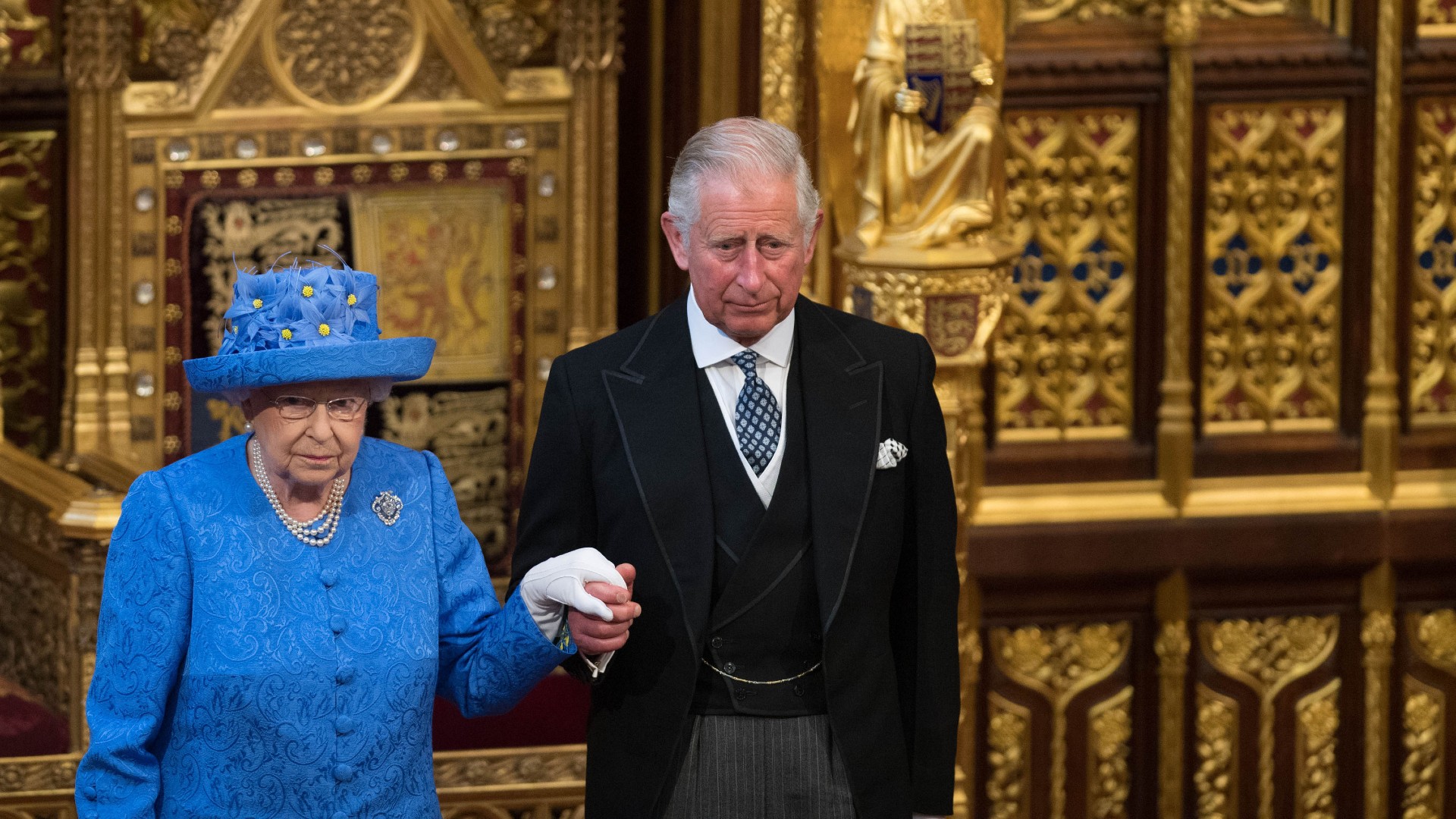
In the royal world, the word sovereign is used to refer to the ‘supreme ruler’ – meaning it is usually used as a word for the King or Queen, as the ultimate power within the royal family.
However, this word obviously isn’t exclusively reserved for use within the monarchy; another common use is in reference to a sovereign state or nation, which simply refers to a country that has total and independent rule over itself. The word sovereign can also be used generally to describe something or someone that has total and absolute power.
Succession, or line of succession

Succession is a word that most of us already know, but when it comes to the royals, it's often used as part of the phrase ‘line of succession’.
Succession is the act of passing down or inheriting something. So for the royals, the line of succession refers to the order in which the immediate family ‘succeed’ to the throne after the death of the current monarch. For example, the current line of succession in the British royal family begins with Prince William and is followed by his three children, Prince George, Princess Charlotte and Prince Louise. Prince Harry, despite leaving his official duties within the royal family, remains fifth in the line of succession.
Accession
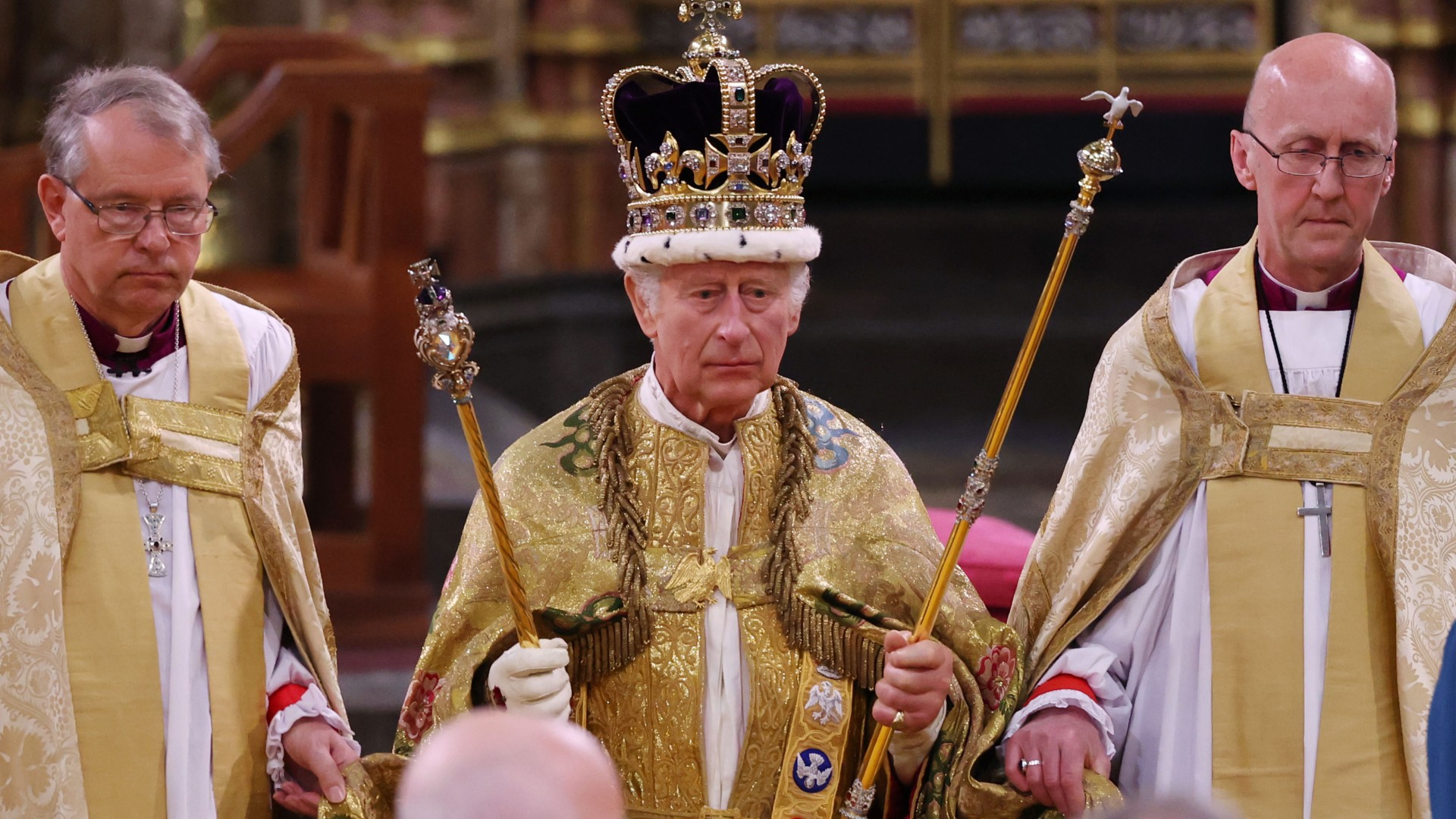
Similarly to succession, accession describes the act of someone ascending to the throne, and acquiring an important position of power.
For example, you may hear people discuss King Charles's accession to the throne when his mother, Queen Elizabeth II passed away in September 2022. It's very similar to the word succession, but more specifically refers to the act of the monarch rising to power as the head of state and head of the family.
Abdicate
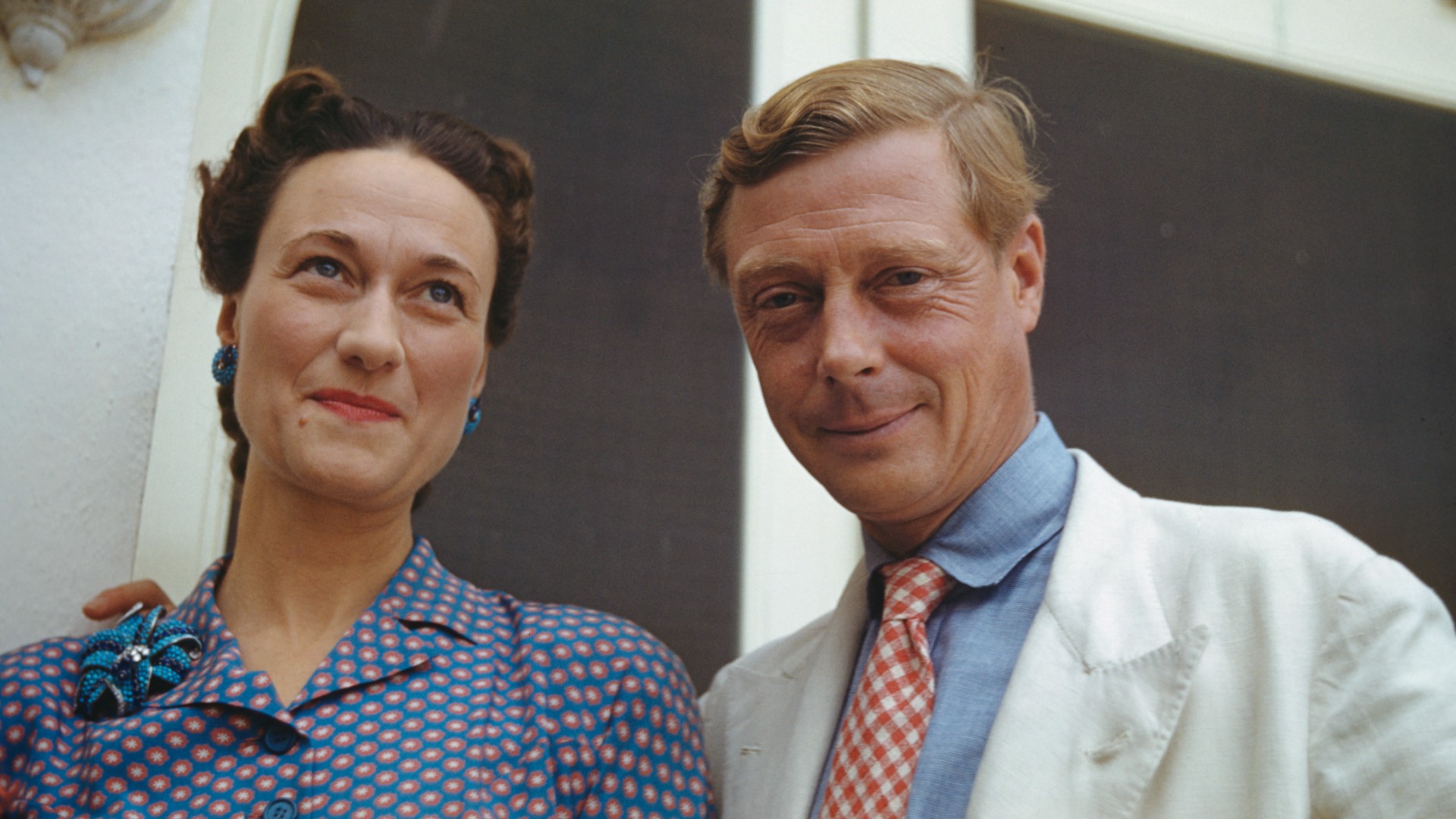
When a King or Queen abdicates from the throne, they are renouncing their position as the monarch and essentially leaving behind their birth-given role. Abdication can happen (and has happened) for all sorts of reasons.
Famously, King Edward VIII, Queen Elizabeth II’s uncle, was the original heir to the throne as the eldest son of King George V. But he abdicated from the throne after meeting Wallis Simpson and deciding to marry her - which was not allowed at the time, given that she was an American actress who had previously been divorced.
Queen Margrethe III of Denmark is another example of abdication; she gave up the throne in 2024 due to old age and ill health, stating that her condition meant she could no longer do the job as she wished to.
Engagement
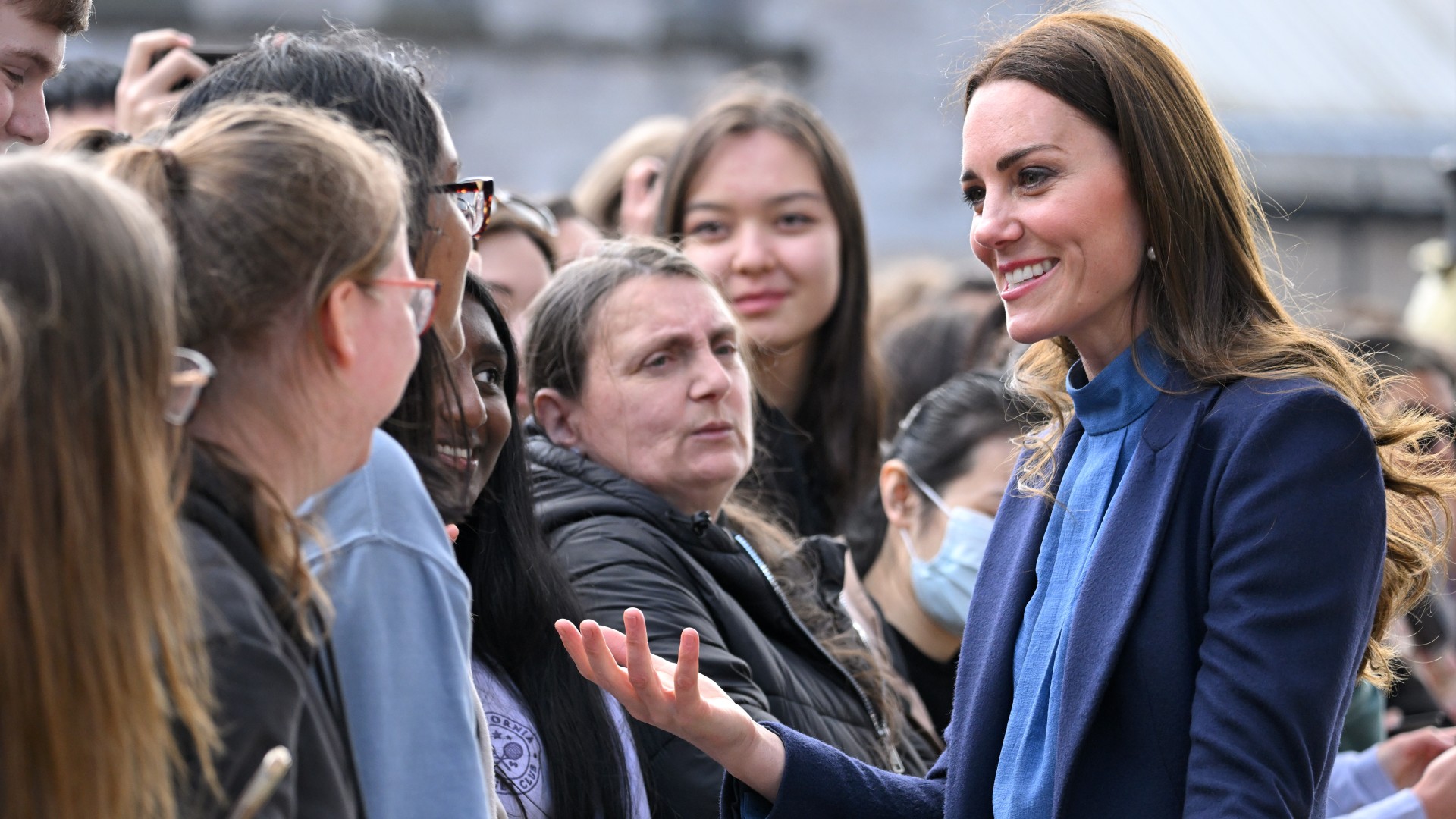
Though this is obviously a regularly used word among us commoners, the royal family often use the word engagement to describe their day-to-day visits, trips and appointments when they’re acting in their capacity as an official working member of the royal family.
For example, a visit to Scotland for King Charles will usually be called an engagement, rather than a trip or appointment. As such, the diaries of the monarch and their family will often be made up of a series of ‘royal engagements’. But of course, they do also use the word in its other typical phrasing - to describe the acceptance of a marriage proposal.
Jubilee
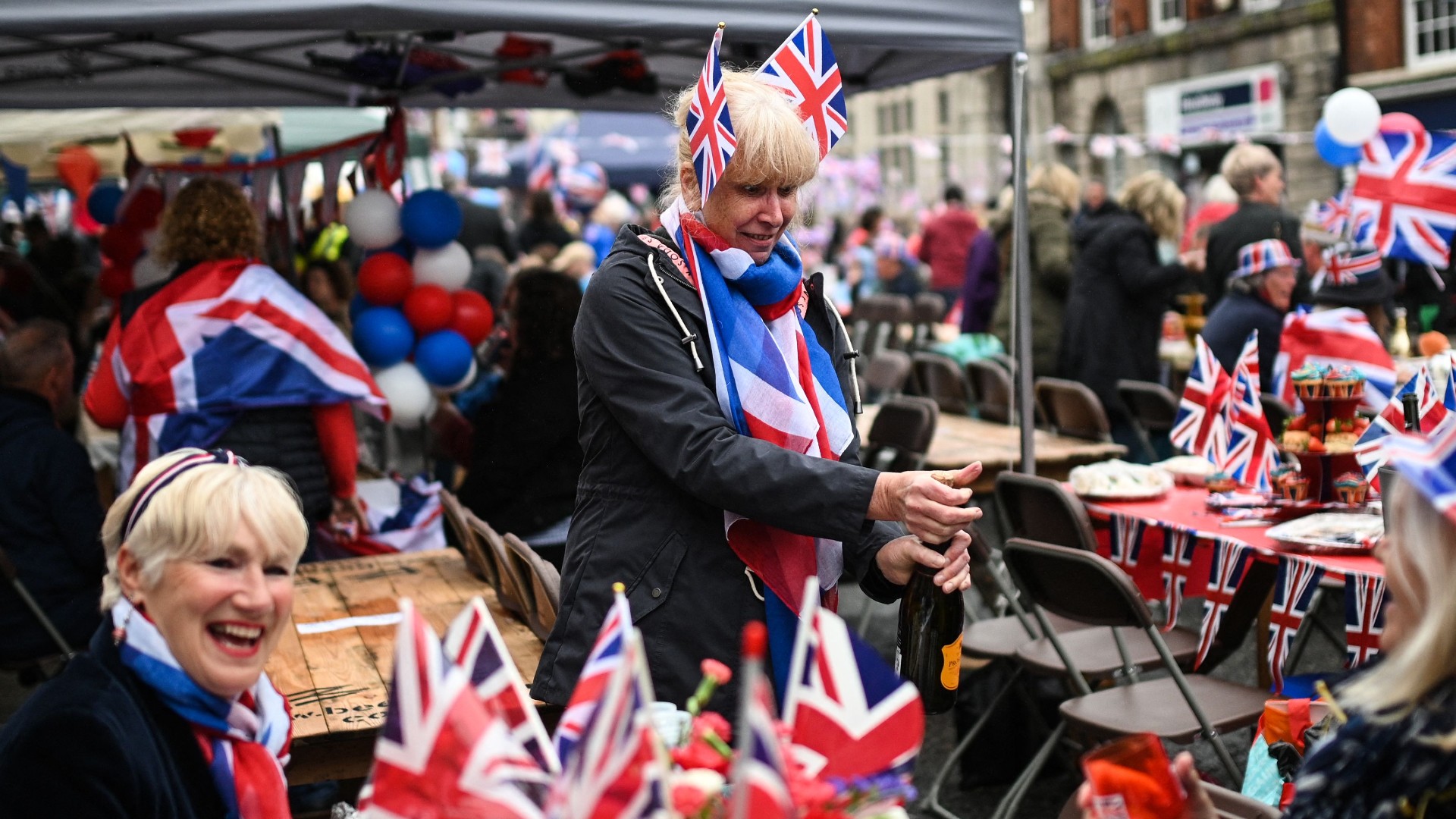
A jubilee is a term used outside of the royal world to describe the celebration of an anniversary (usually for married couples or birthdays) – and it has exactly the same meaning within the royal world, too. Within the royal calendar, a jubilee is a time to mark and celebrate the monarch being on the throne for a certain amount of decades – beginning at 25 years, which constitutes a Silver Jubilee.
40 years on the throne is known as a Ruby Jubilee, 50 years marks a Golden Jubilee, 60 years is a Diamond Jubilee, 65 years is a Sapphire Jubilee, and 70 years is a Platinum Jubilee. Thus far, Queen Elizabeth II is the only British monarch to have celebrated her Platinum Jubilee, after coming to her 70th year on the throne in 2022.
Duke
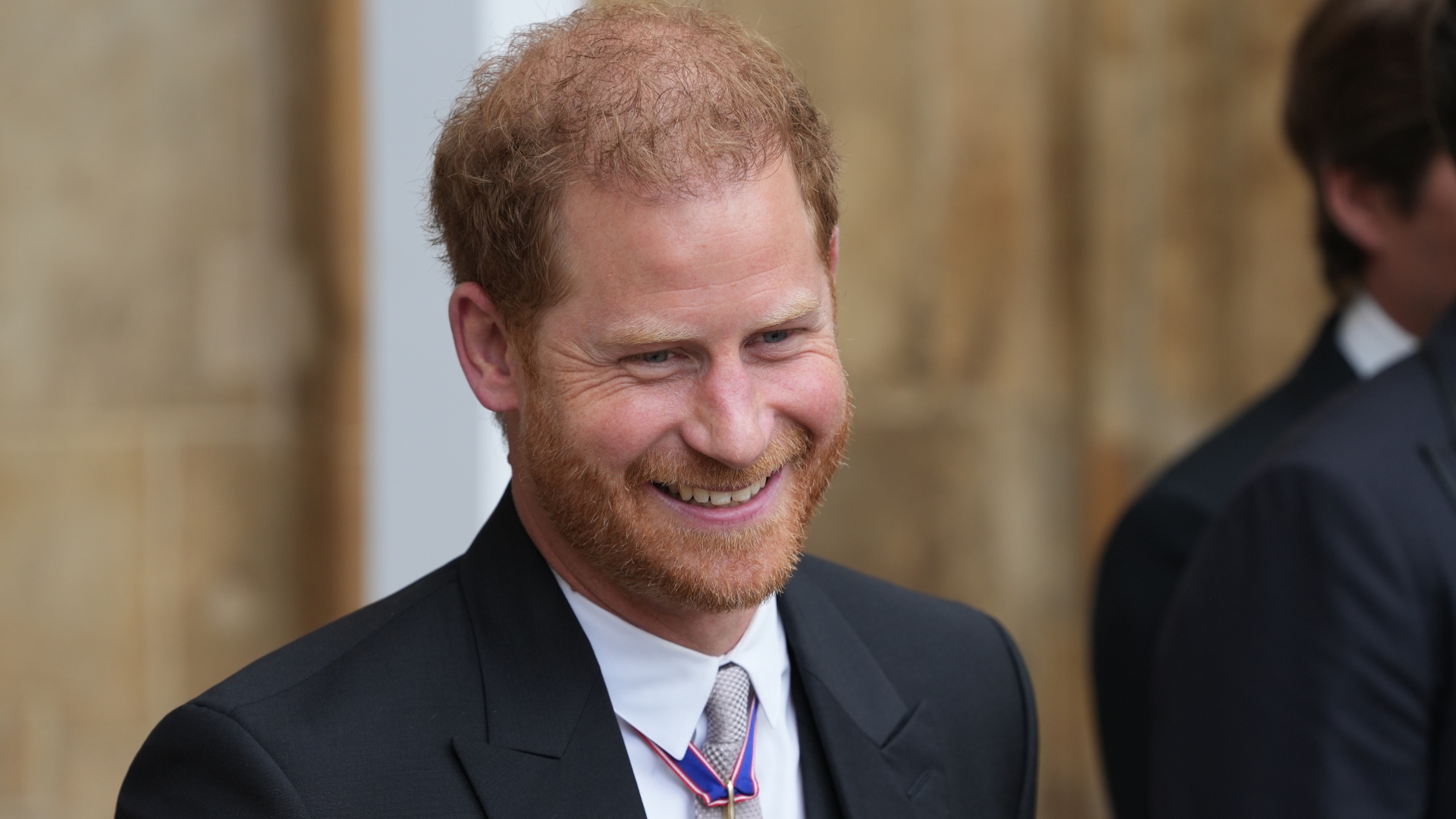
In royal circles, the title of Duke is a high rank within the British nobility system, and is used just for men. It is typically a rank below a Prince, but in recent years it has often been used by royal Princes included William, who was formerly the Duke of Cambridge, and Prince Harry, who is the Duke of Sussex.
Dukes hold a lower rank than Kings (of course), but a higher ranking than other male titles within the British nobility system, such as viscounts, earls and barons. And as with most titles, a Dukedom is hereditary, meaning it'll usually pass down through male members of the family.
Duchess
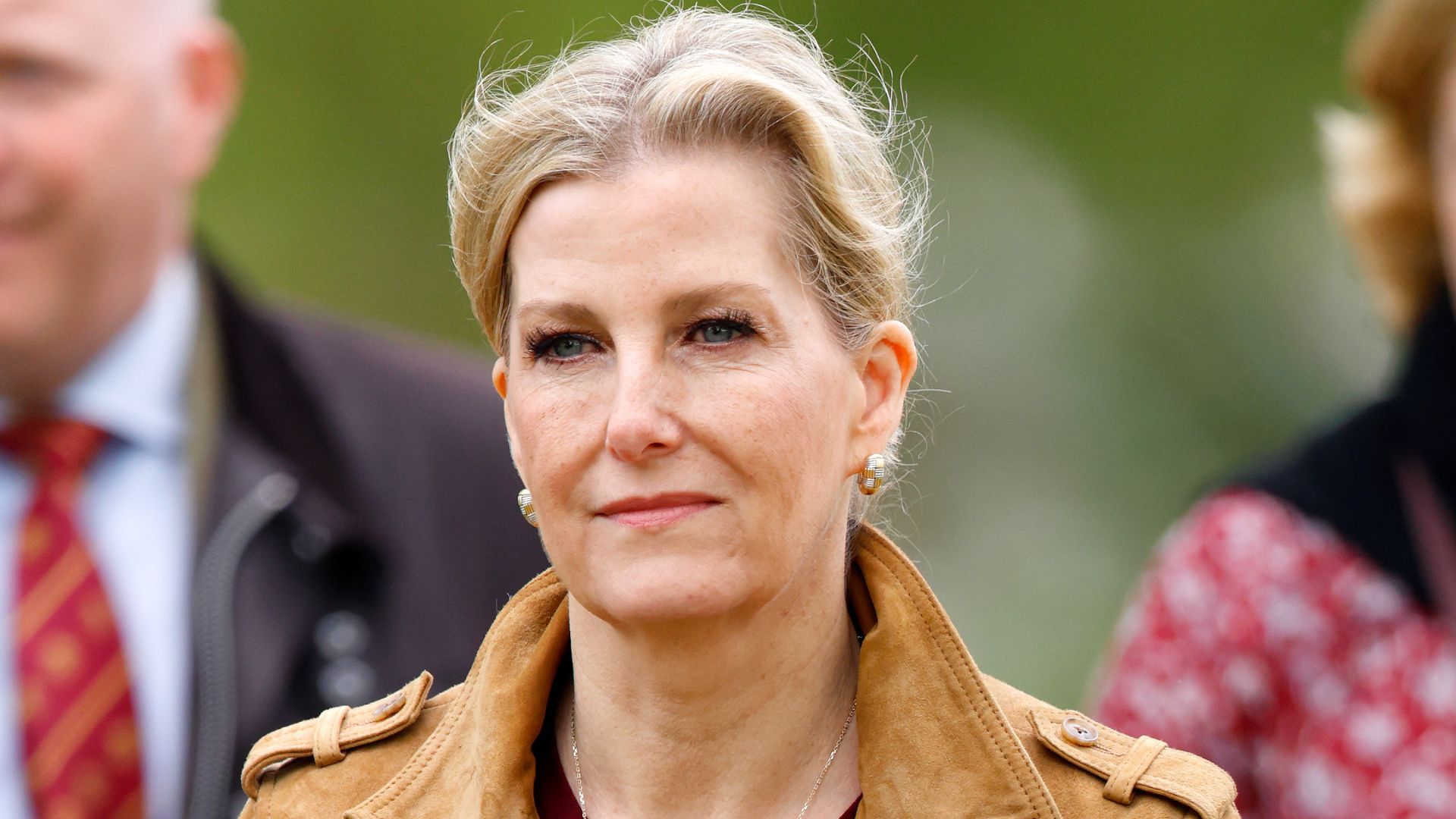
Duchess is a title used by some female members of the royal family, and like Duke, is a rank within the British nobility system that sits just below Princess. It is typically a hereditary title, passed down amongst female members of the family.
Two famous former Duchesses are Queen Camilla, who was known as the Duchess of Cornwall from 2005 - 2023, and Catherine Middleton, who was known as the Duchess of Cambridge following hers and Prince William’s wedding in 2011, all the way up to King Charles accession to the throne. Of course, she is now referred to as Catherine, Princess of Wales, after Prince William inherited the title of Prince of Wales.
HRH
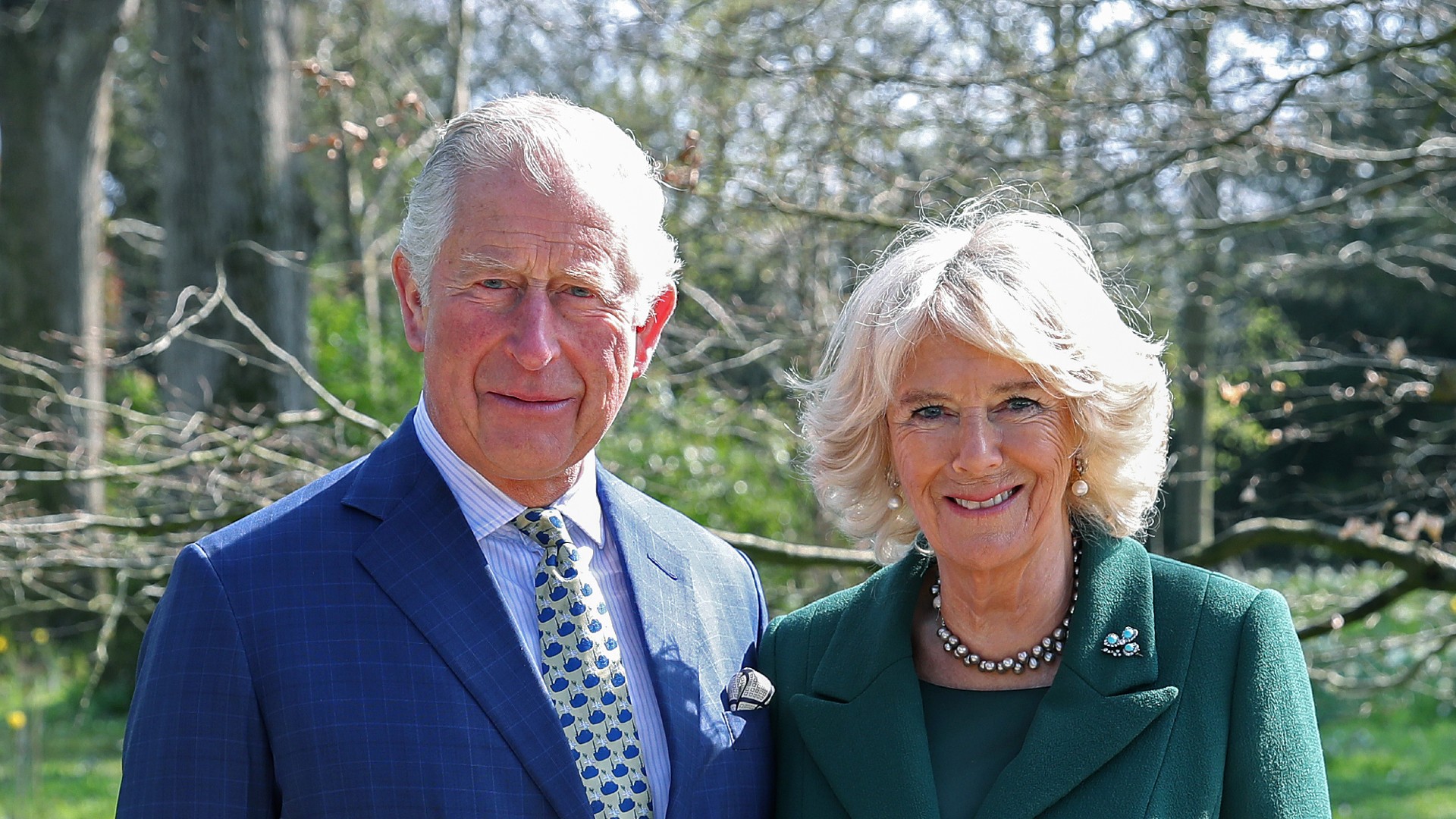
HRH stands for His or Her Royal Highness, and is used as a means of referring to a member of the royal family in a more formal capacity.
His or Her Royal Highness is usually used when speaking about a member of the royal family in the third person. When addressing a member of the family directly, it’s common to say ‘Your Royal Highness’, instead.
The HRH styling is usually used in direct correspondence with members of the royal family who are not the monarch. King Charles and Queen Camilla, for example, would instead be referred to as ‘Your Majesty’, ‘His Majesty’, or 'Her Majesty', rather than ‘Your Royal Highness’; a styling which would be more appropriately used for Prince William or Catherine, for example.
Commonwealth

The Commonwealth (short for the Commonwealth of Nations) is an organisation made up of 56 voluntary member states, headed up by the United Kingdom.
What does this have to do with the royals? Well, the British monarch is considered to be the head of the Commonwealth. Formed in 1949, the Commonwealth is largely made up of places that were formerly ruled under the British Empire that are now free, equal and independent.
The goal of the Commonwealth is to achieve and maintain peace and democracy, and the royals are considered to be an important part of the organisation. The Commonwealth forms an important part of the royal family's work, and members of the family regularly visit Commonwealth countries, spotlighting important issues and organisations there.
Equerry
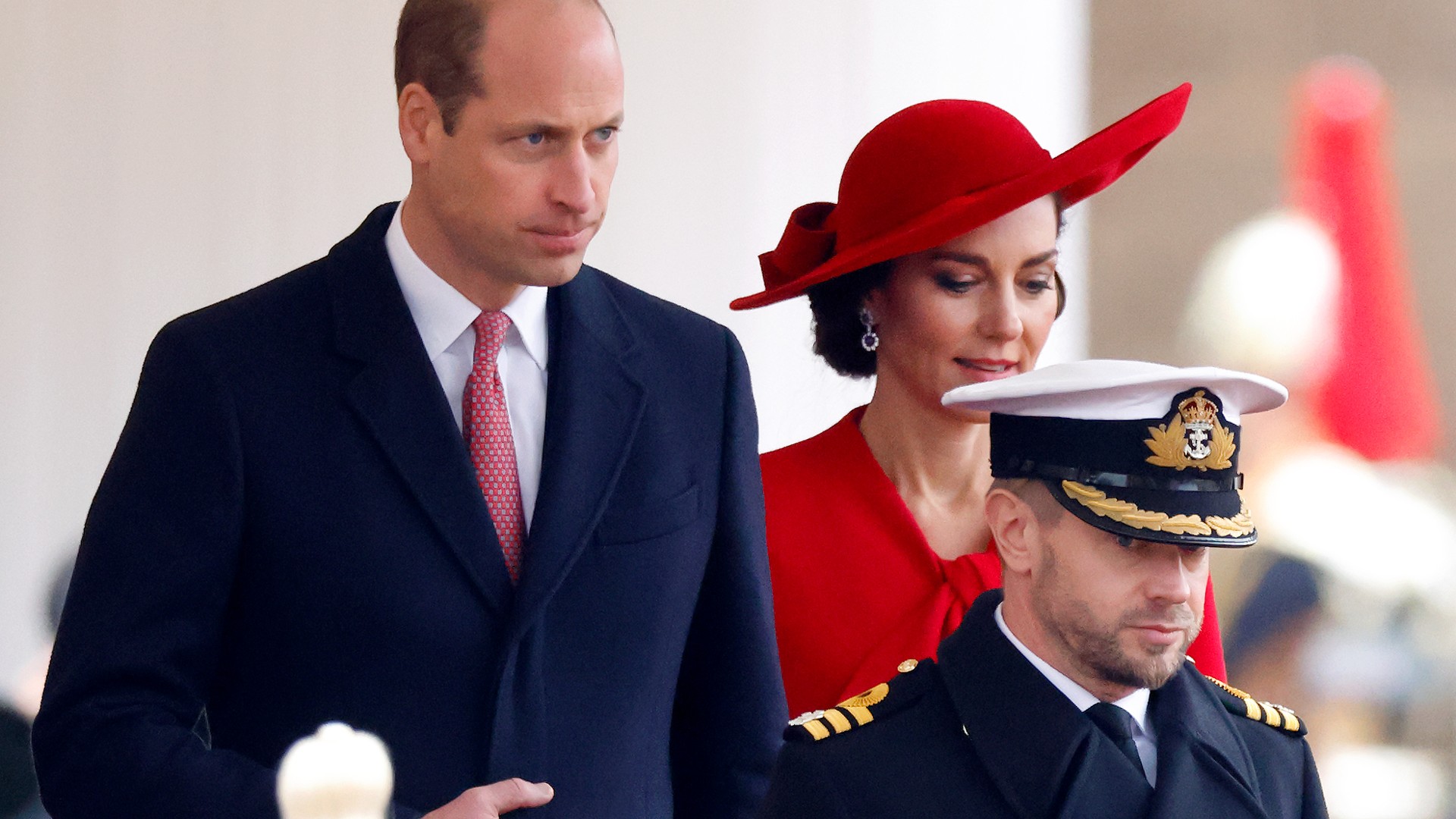
An equerry plays a key role in the life of a royal family member, and many senior members of the family have one – including Prince William and King Charles.
So what does an equerry actually do? An equerry, who is usually a former member of the military, is essentially a term for an officer of the British royal household who assists a member of the family with whatever they may need, be it with their schedule, attending royal events alongside them, or generally advising them on a day-to-day basis.
In previous decades, an equerry was someone who was in charge of the stables at a royal home, though this definition has changed as the years have gone on.
Patronage
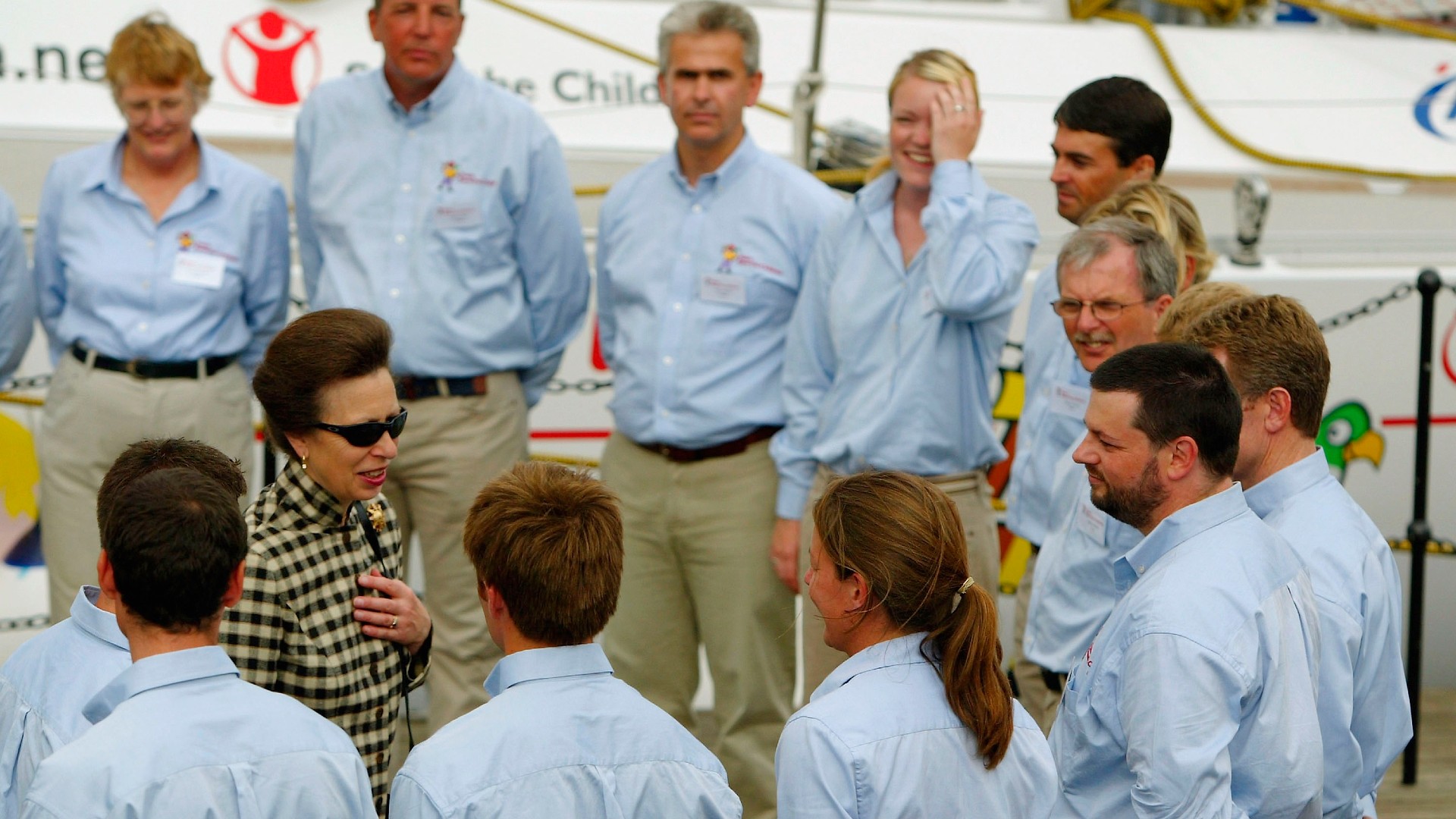
Most members of the British royal family hold patronages at several organisations, which means that they lend their support and backing to a certain organisation in an official capacity as a royal.
The royals are patrons of an assortment of organisations, from important charities close to their heart, to military groups or arts or science-based organisations. Royals tend to keep up to date on the events and developments within their patronages and aim to highlight the organisation’s work by paying frequent visits to them and finding out about their member’s stories and lives.
Soft power diplomacy
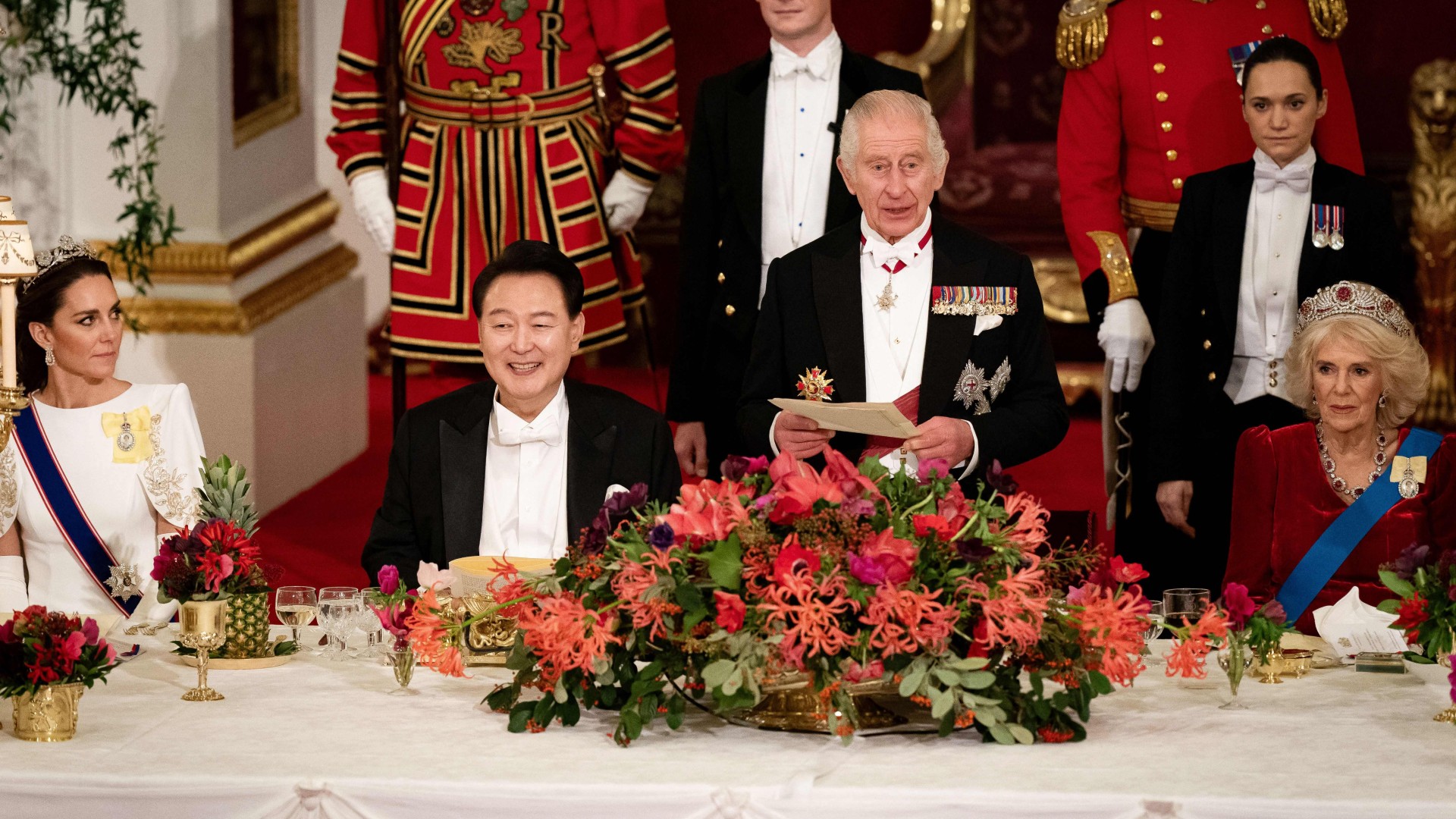
The royals are often hailed as being the ultimate form of soft power diplomacy for the United Kingdom, and what this means is that they simply use their power and influence as members of the royal family to gradually build positive relationships with other countries and people, as opposed to being too political.
This is only possible because members of the royal family have no actual political power - their visits overseas and meetings with Presidents and Prime Ministers are considered more of a way to build relationships than to get any political legislation through.
Royal tour

A royal tour is exactly what the name suggests; throughout the year, various members of the royal family will head off on an official visit abroad, usually at the request of the UK government.
During an official visit, the royal family member (or members) on the trip will likely visit fellow Heads of State, and other royal families, and visit important organisations within the country. For example, Princess Anne carried out the first international royal tour of 2024 in January, embarking on a short trip to Sri Lanka at the request of the UK Foreign Office, to celebrate 75 years of diplomatic relations between the two countries. Whilst there, she met with the Sri Lankan President, and local faith leaders in Colombo.
Institution
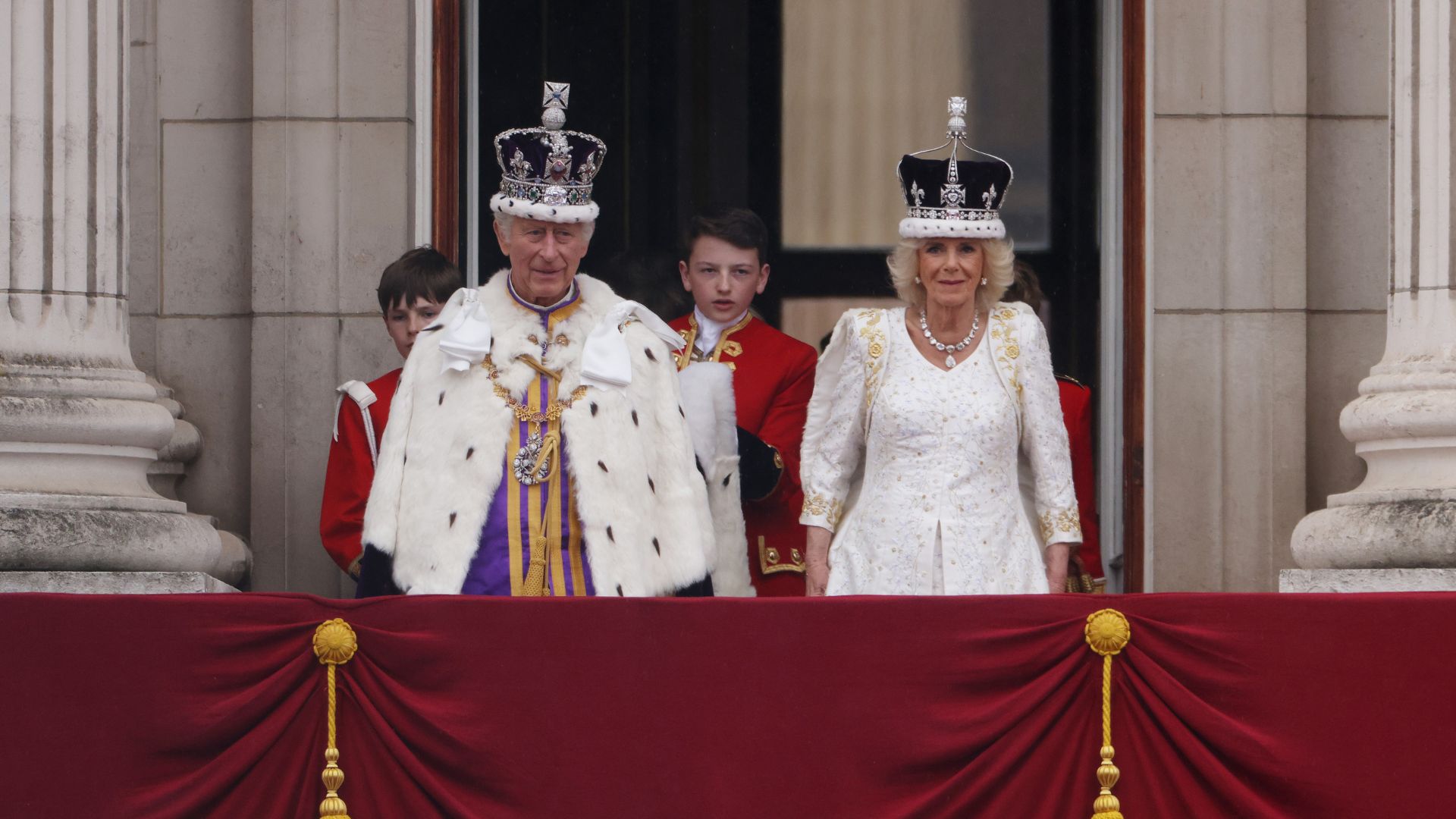
The British royal family is often referred to as an ‘institution’, and this word refers to the business of the royal family, and everything required to keep it running, and to keep its reputation intact.
While the phrase 'the royal family' usually refers to the royals themselves – everyone from King Charles to Prince Edward and Princess Charlotte – 'the institution' is used when referring to the monarchy as a symbol, and as arguably one of the biggest businesses in the UK. It's also used as a way to refer to the people around the royal family, who are usually working behind the scenes keep the monarchy afloat and interesting to the public.
Earl
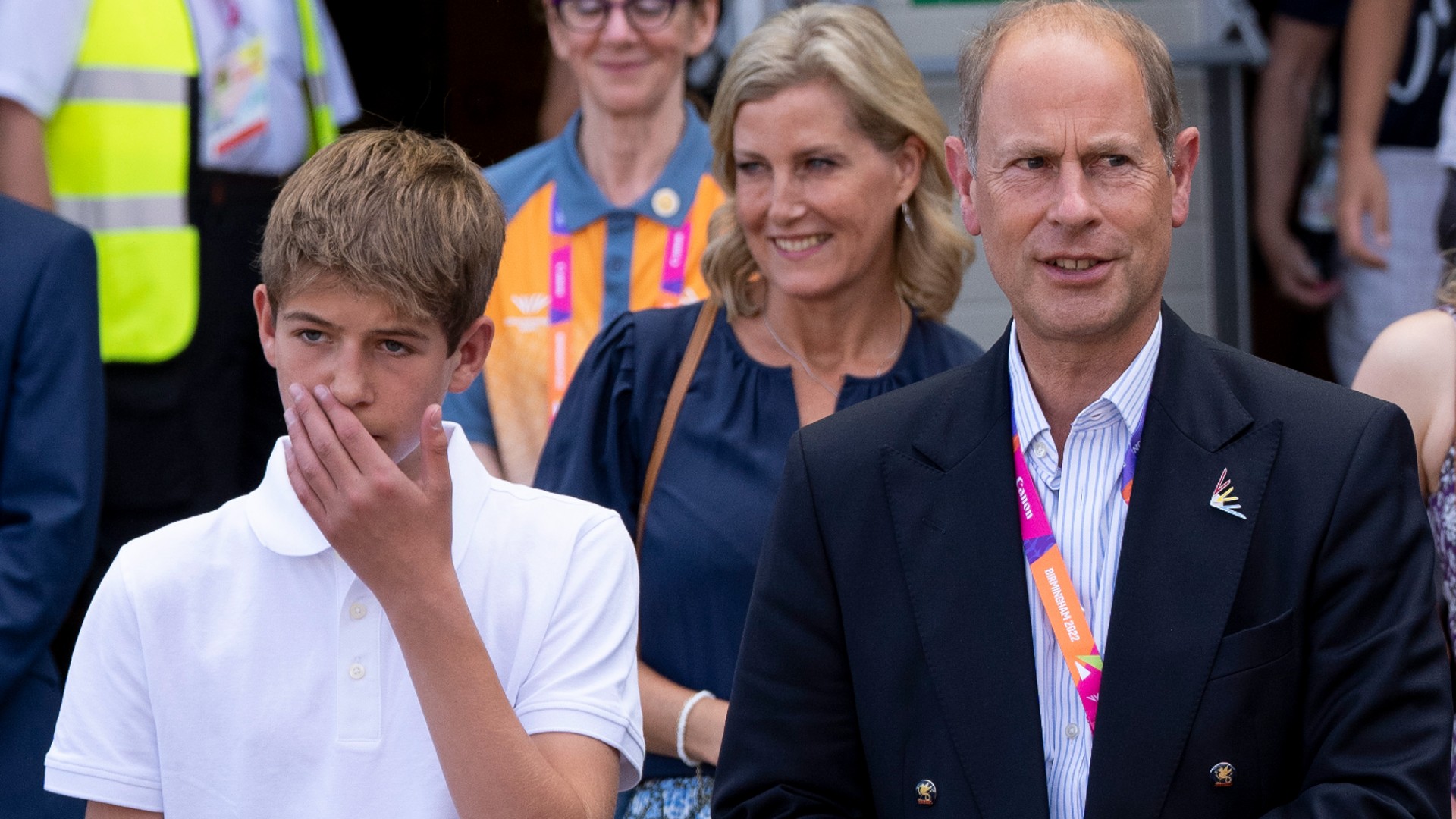
An Earl is a rank within the British nobility system that sits just below the ranking of duke and a little way below the monarch. And while there are also non-royal Earls, there have been several people with this title within the royal family, too. Prince Edward was formerly known as the Earl of Wessex, while Princess Margaret’s first husband, Antony Armstrong-Jones, was known as the 1st Earl of Snowdon.
It’s thought that there are actually over 190 Earls in the United Kingdom right now, who have inherited the title throughout their family bloodline. Interestingly, the alternative title in Europe is usually a ‘Count’.
Countess
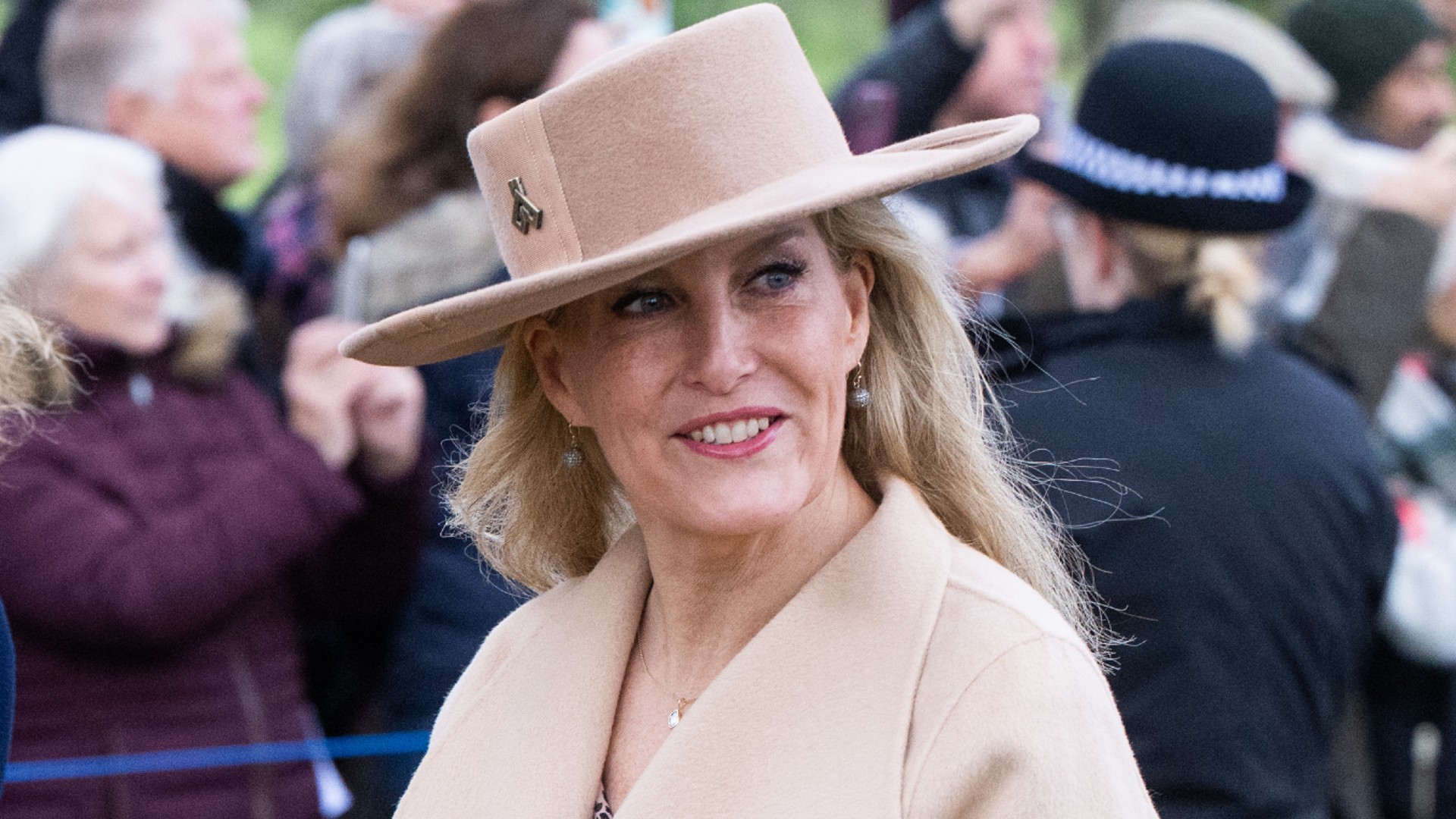
A Countess, similarly to an Earl, is the third rank for women within the British nobility system, sitting a little way below the title of King or Queen.
As with an Earl, the title of Countess may be something that is inherited by birth, or gained when marrying an Earl or a Count. A famous example of a Countess was Sophie, Prince Edward’s wife. She used to be known as the Countess of Wessex when her husband Edward was the Earl of Wessex. The couple are however now known as the Duke and Duchess of Edinburgh, following the death of Prince Philip, the former Duke of Edinburgh.
Viscount
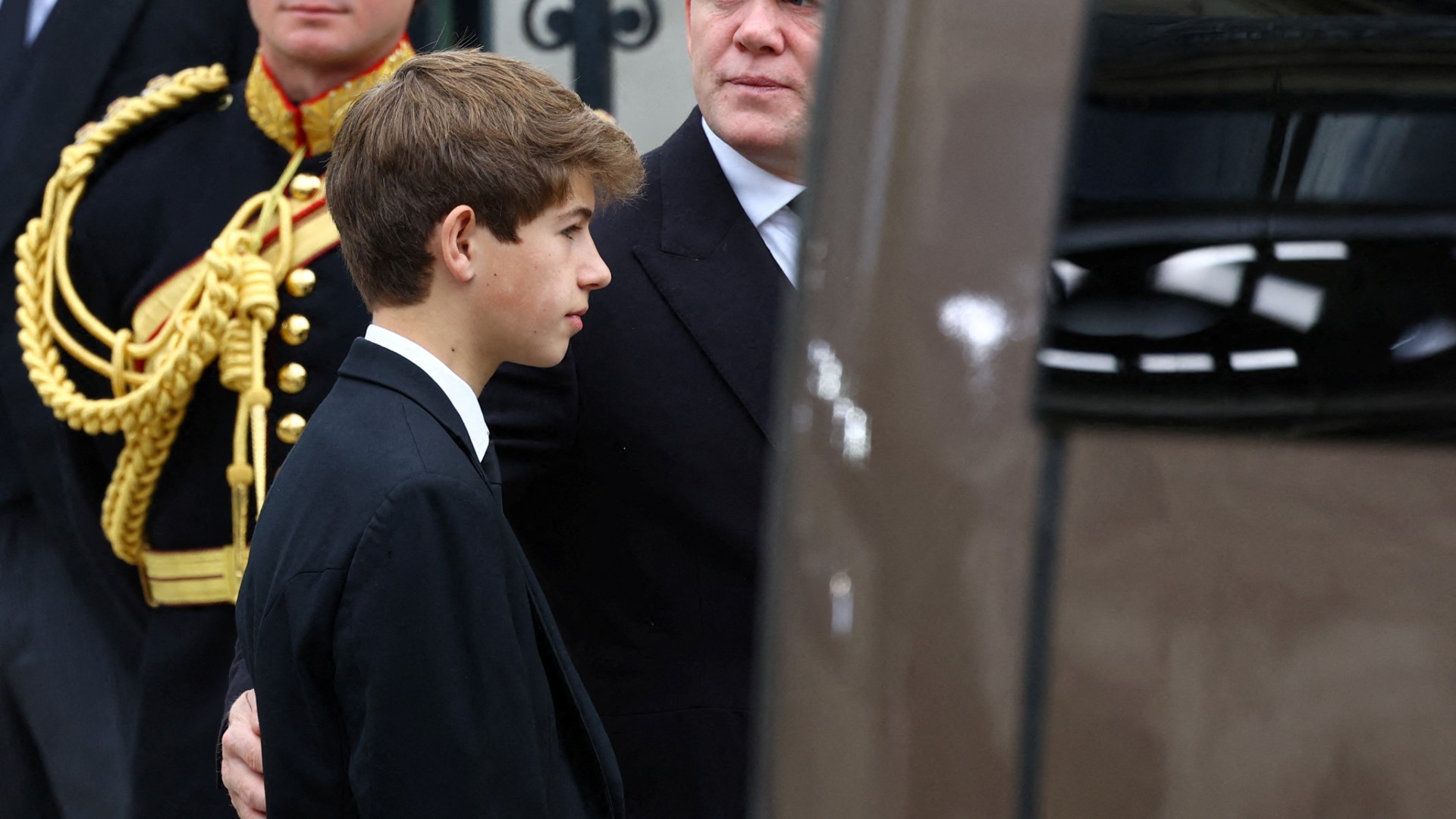
A Viscount is known as the fourth rank in the British nobility system for a man, sitting below the title of an earl. The title of Viscount is an important title of note and honour, and viscounts, similarly to Earls, are also often commonly referred to as Lords.
There aren’t many Viscounts within the immediate British royal family, but Prince Edward and Sophie’s only son James used to be titled ‘Viscount Severn’ before his father became the Duke of Edinburgh - though he has now inherited his father’s former title of the Earl of Wessex.
Viscountess
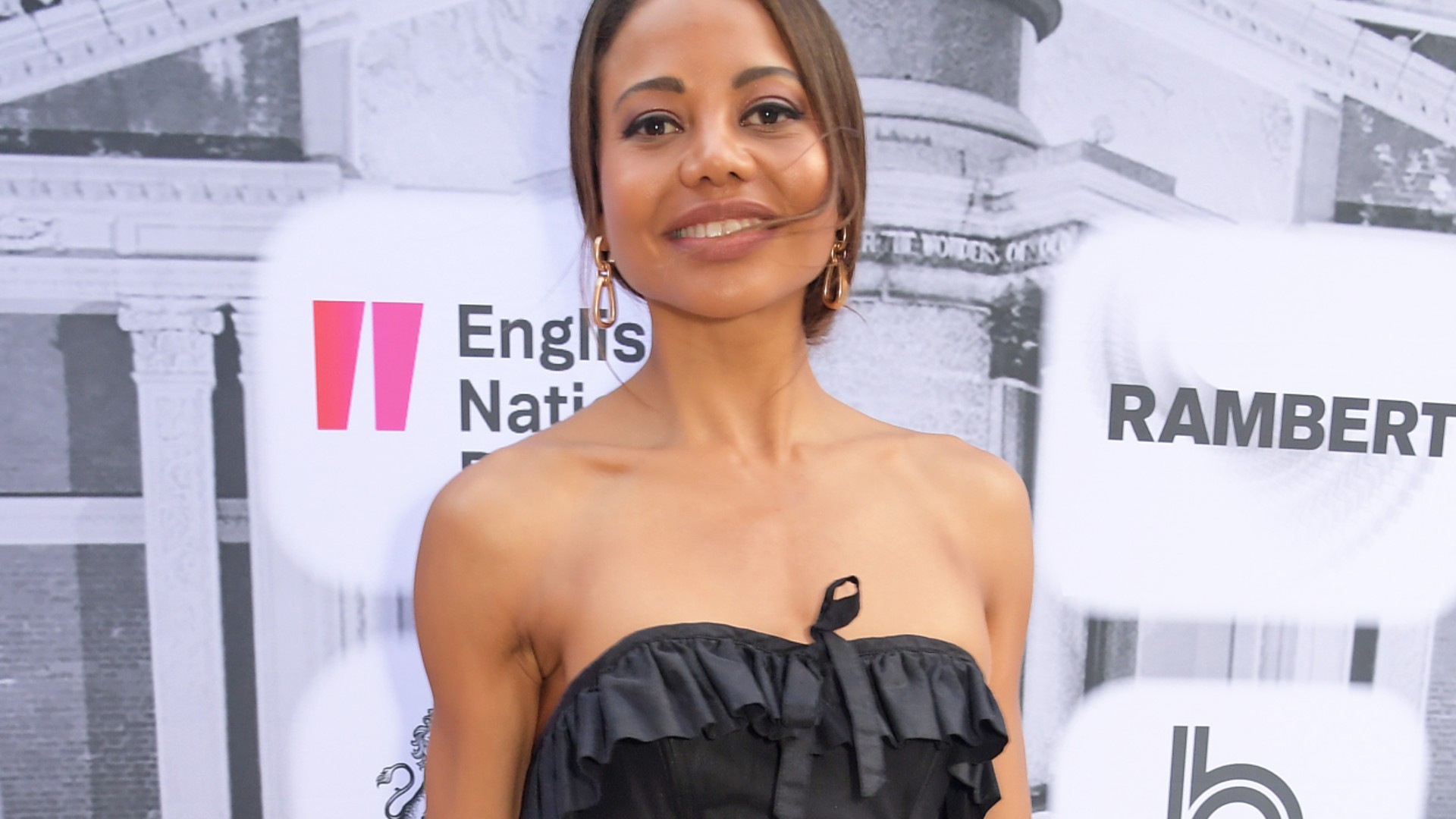
Viscountess is the female equivalent to the title of Viscount, and as with a Viscount, it is a British noble title of honour bestowed upon a woman at birth as a result of her family or is a title given to her after marrying a Viscount.
People with this title are also often referred to as Lady. Currently, however, there are no viscountesses within the immediate British royal family. Perhaps one of the most well-known former Viscountess in the UK is Emma Clare Thynn; she married Viscount Weymouth in 2013, becoming Viscountess Weymouth as a result. However, Emma and her husband are now known as Marquess and Marchioness of Bath, after the death of her husband's father in 2020.
Heir apparent
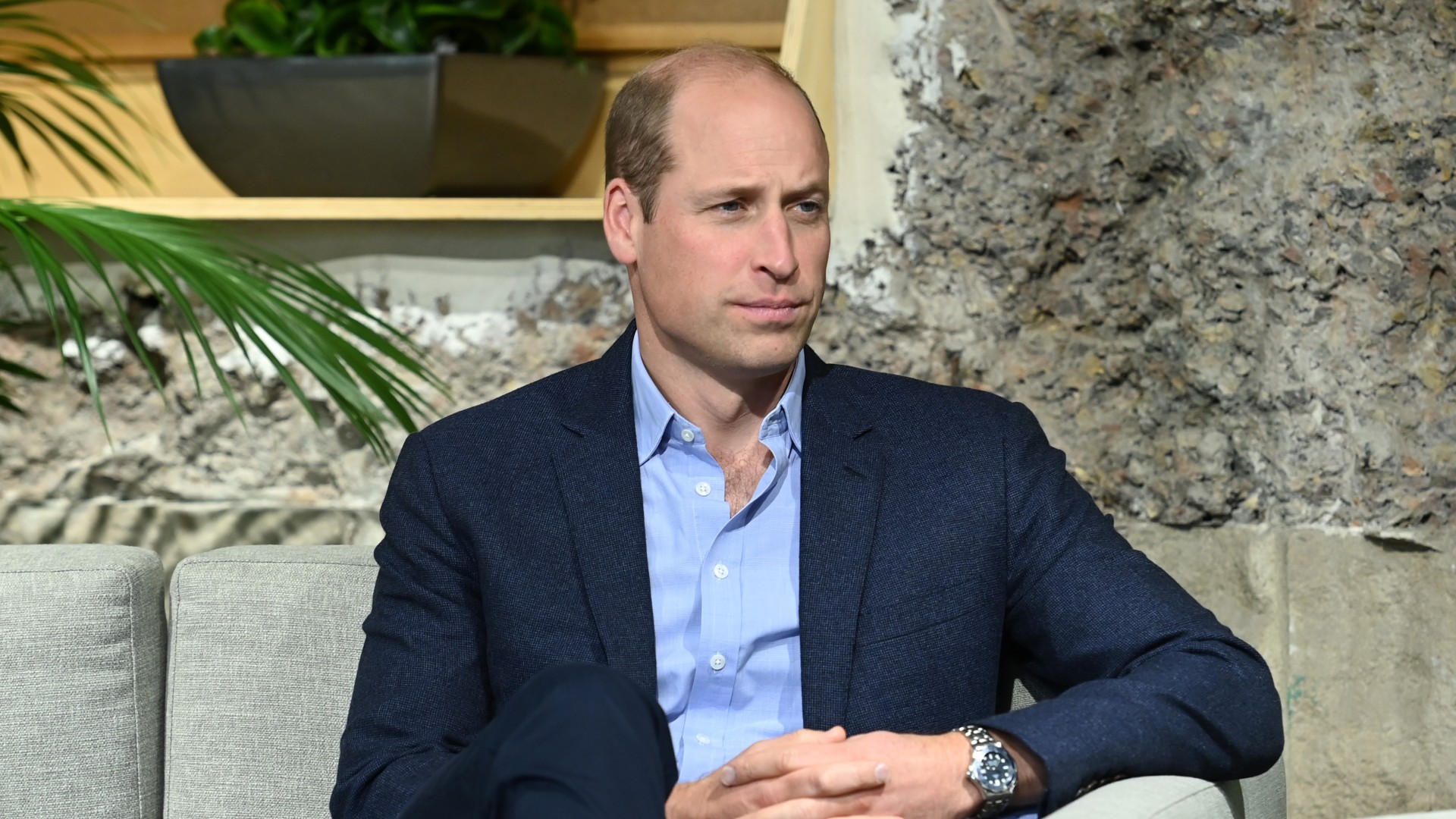
The phrase heir apparent describes the person who is next in line to the throne, and is therefore the immediate heir to the throne.
In the United Kingdom and the British royal family, Charles was the heir apparent to his mother Queen Elizabeth II for decades, while Prince William is now heir apparent to his father King Charles. An heir apparent can only claim to be so when his or her claim to the throne cannot possibly be usurped by another member of the family being born - making it different to an heir presumptive, whose claim to the throne could be disturbed by another heir being born.
Interregnum
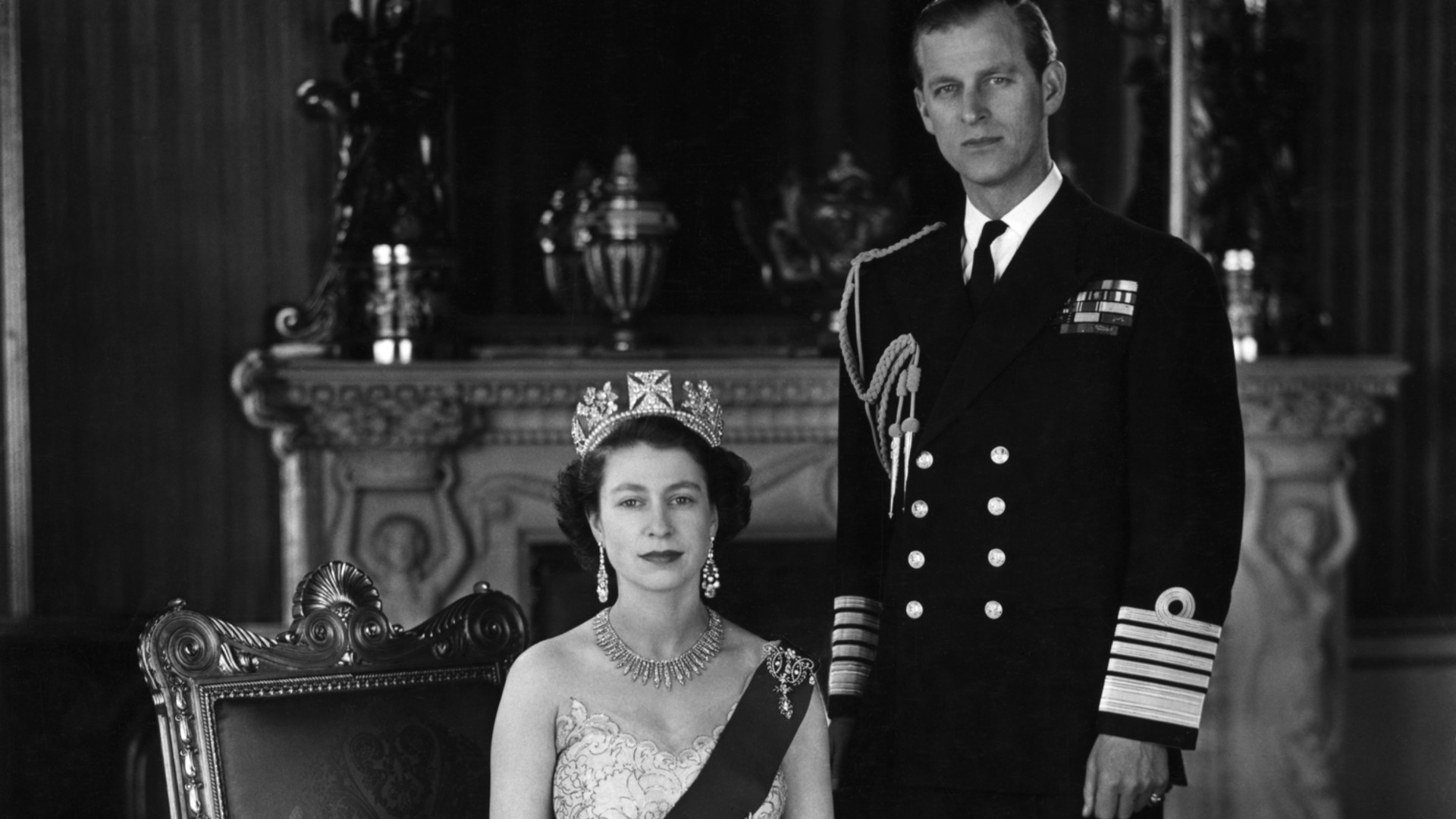
This isn’t royal word that's commonly used, but it’s an interesting one to know, as it refers to the period between monarchs where there is technically no Head of State in the form of a King or a Queen.
For example, there was an interregnum following Queen Elizabeth II’s death in September 2022, and the coronation of King Charles III and Queen Camilla on 6th May 2023.
Lady-in-waiting

A lady-in-waiting is essentially a personal assistant to a female member of the royal family. Typically, a lady-in-waiting will help a female royal with things like dressing, and will usually attend important royal events and engagements with their respective royal, acting as a support and a friend.
Within the current British royal family, Queen Camilla has two ladies in waiting - her sister Annabel Elliot, and her long-time friend, Lady Lansdowne. Historically, a lady-in-waiting was given somewhat less exciting jobs from the female monarch or princess they attended. But nowadays, most royals with a lady-in-waiting tend to employ a woman they are close to, for this highly personal role.
Coat of arms
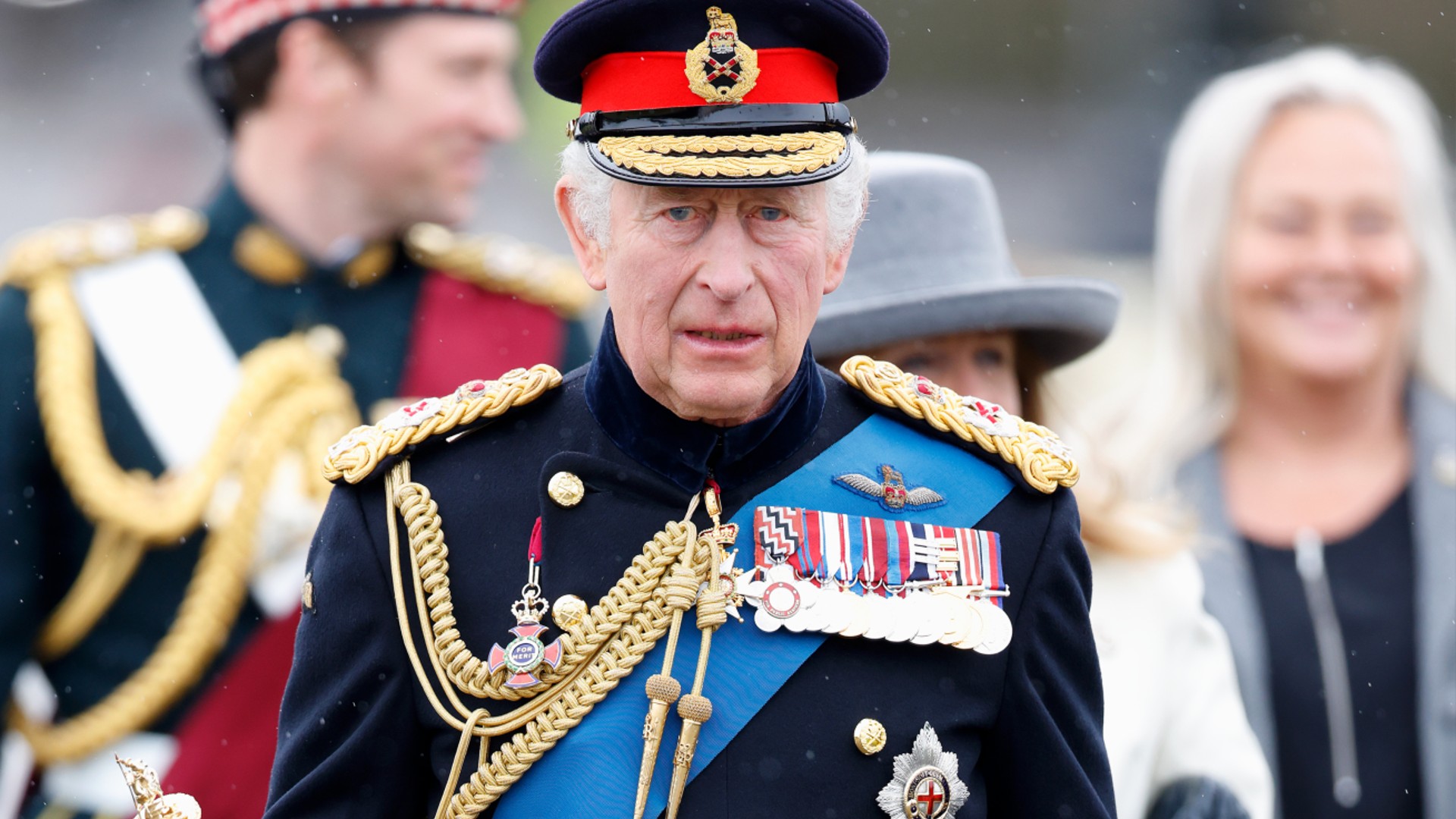
A coat of arms is a visual image typically given to noble families, and it's a symbol that the British royal family use often in the form of badges, when writing letters, or signing off correspondence of any kind.
For example, King Charles has a royal coat of arms – used to identify him – that only he, as the monarch, is allowed to wear. But almost all immediate members of the royal family have their own personal coat of arms too, with different designs for each person. For the most part, their designs are very similar to the monarch, but they do vary slightly, as the specific detailing is often chosen by each family member.
Royal Marriages Act
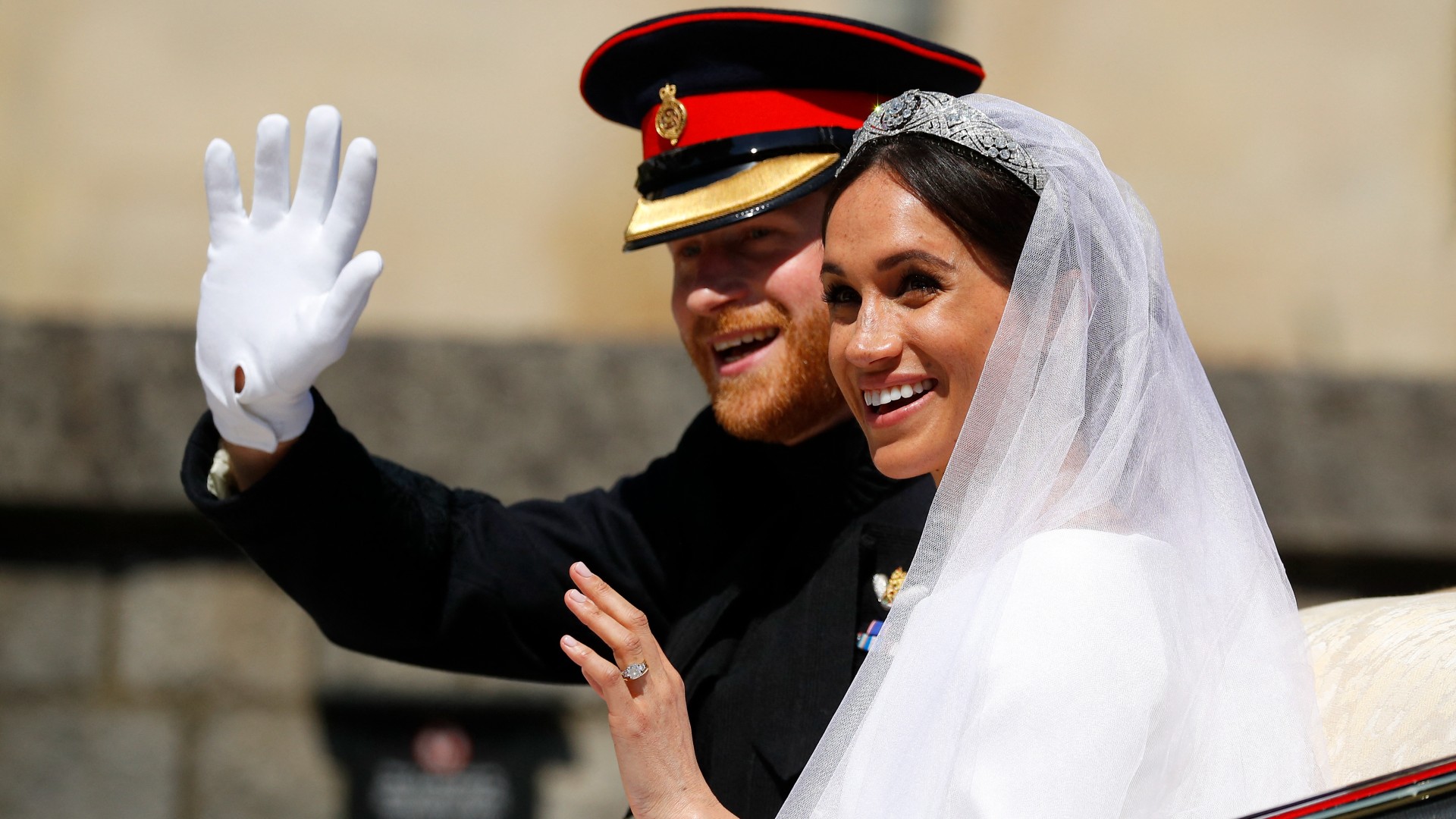
You’ll likely have heard the phrase ‘Royal Marriages Act’ thrown around, especially around the time of a royal engagement. So what rules are actually set down in this act, and why is it mentioned often?
This act was actually passed all the way back in 1772, and dictated that no member of the royal family should be able to marry unless granted permission from the monarch. However, the Royal Marriages Act changed a little in 2013 when the Succession to the Crown Act came about, dictating that only those up to and including the sixth in line to the throne need to ask the monarch for his or her permission to marry.
Both Princes William and Harry, therefore, were required to ask their grandmother the Queen for permission to marry, before proposing to their respective partners.
House Of Windsor
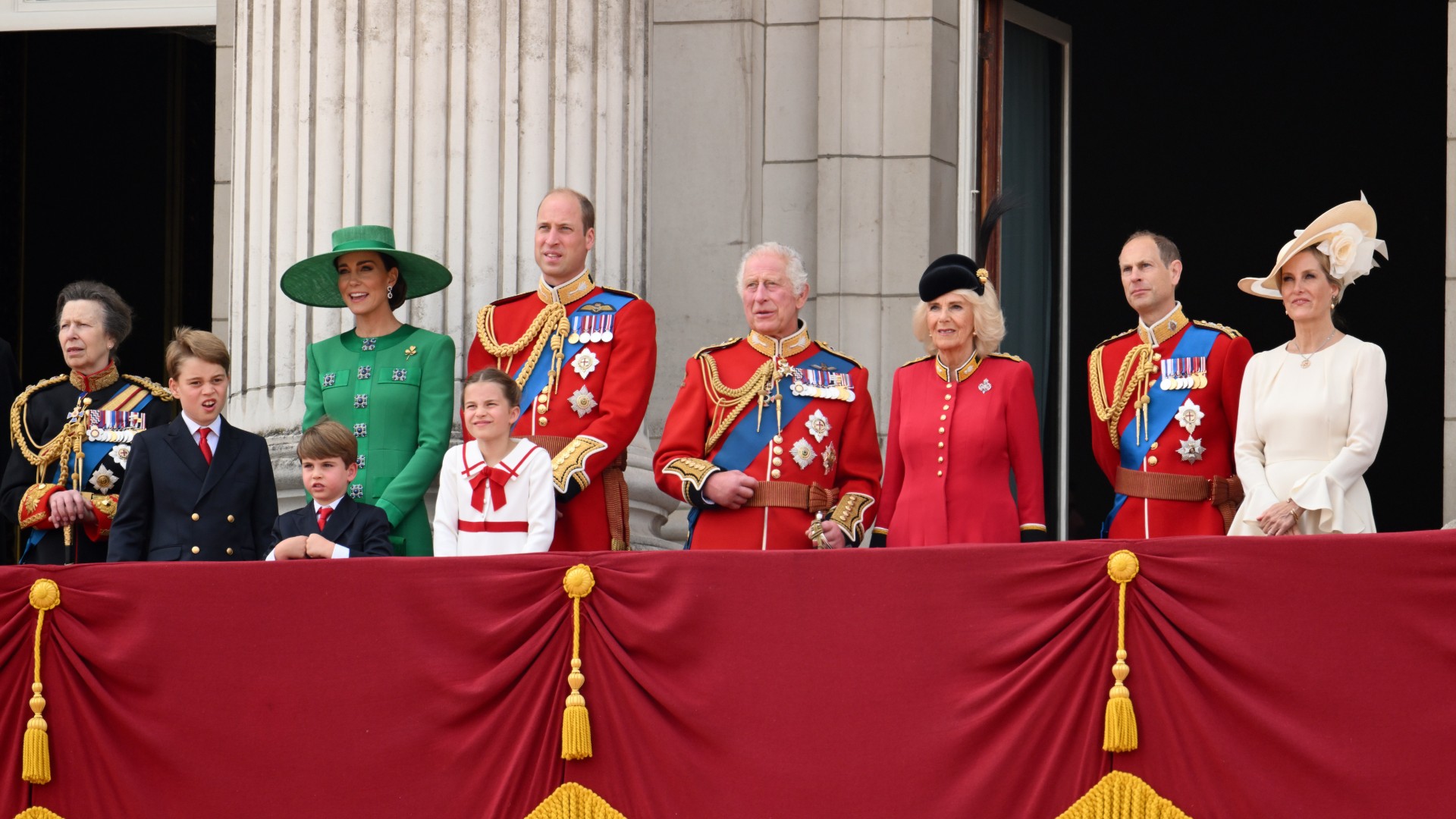
The House of Windsor is the house of the current ruling British royal family, and was founded in 1917 by George V, Queen Elizabeth II’s grandfather.
The family previously belonged to the House of Saxe-Coburg and Gotha, but given the anti-German sentiment at the time due to World War One, the name was swiftly changed to the House of Windsor, reflecting the monarch’s official residence of Windsor Castle in Berkshire. Every royal descendent of the former King George V belongs to the House of Windsor.
Amy Hunt is an experienced digital journalist specialising in homes, interiors and hobbies. She began her career working as the features assistant at woman&home magazine, before moving over to the digital side of the brand where she eventually became the Lifestyle Editor up until January 2022. Amy won the Digital Journalist of the Year award at the AOP Awards in 2019 for her work on womanandhome.com.
-
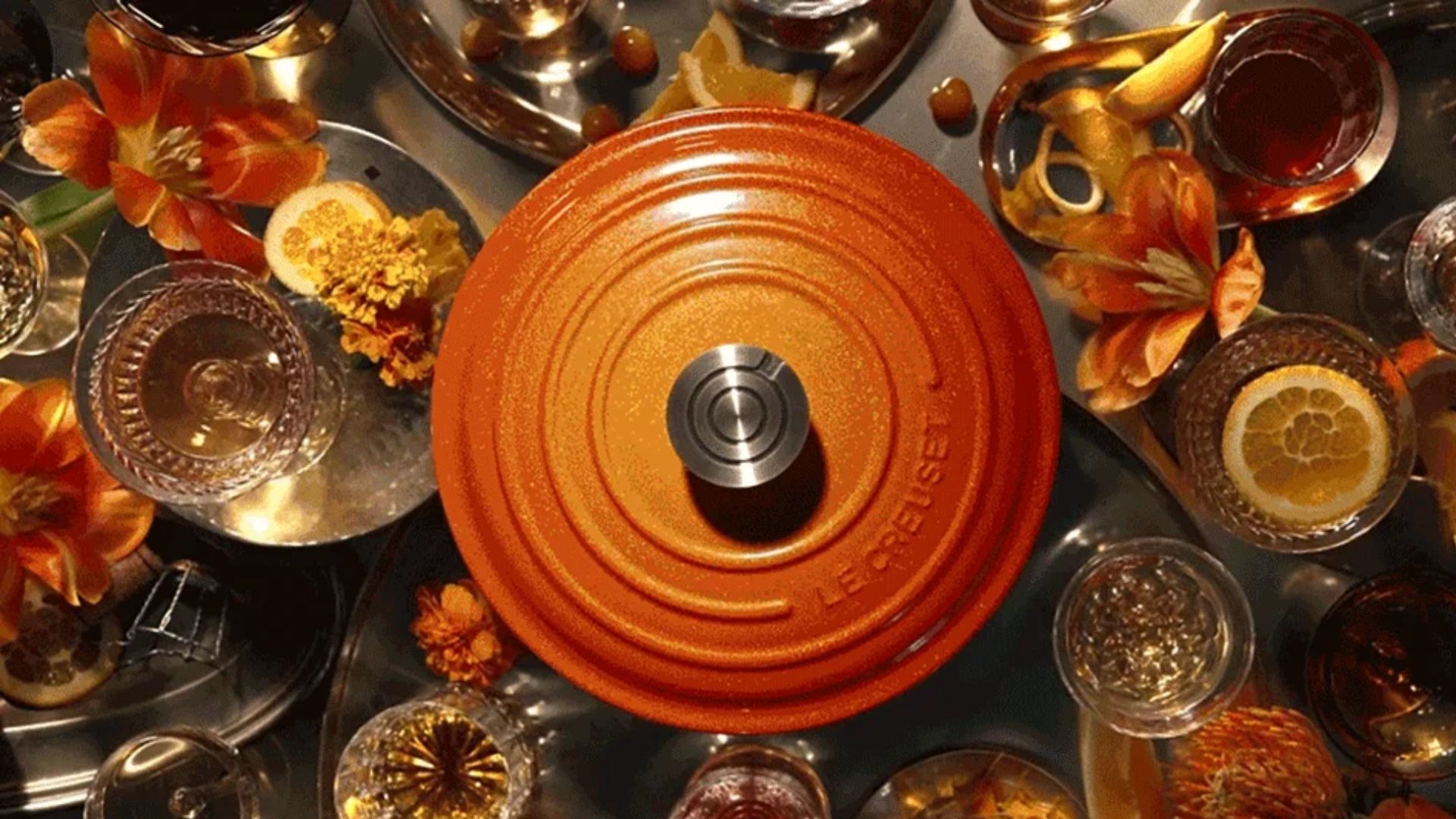 Le Creuset has taken the gold standard literally — their 100 year launch features real gold and an iconic designer collaboration
Le Creuset has taken the gold standard literally — their 100 year launch features real gold and an iconic designer collaborationLe Creuset have turned 100 years old and to celebrate they have launched a new colour — Flamme Dorée — as well as a coffee table book with designers Assouline
By Laura Honey Published
-
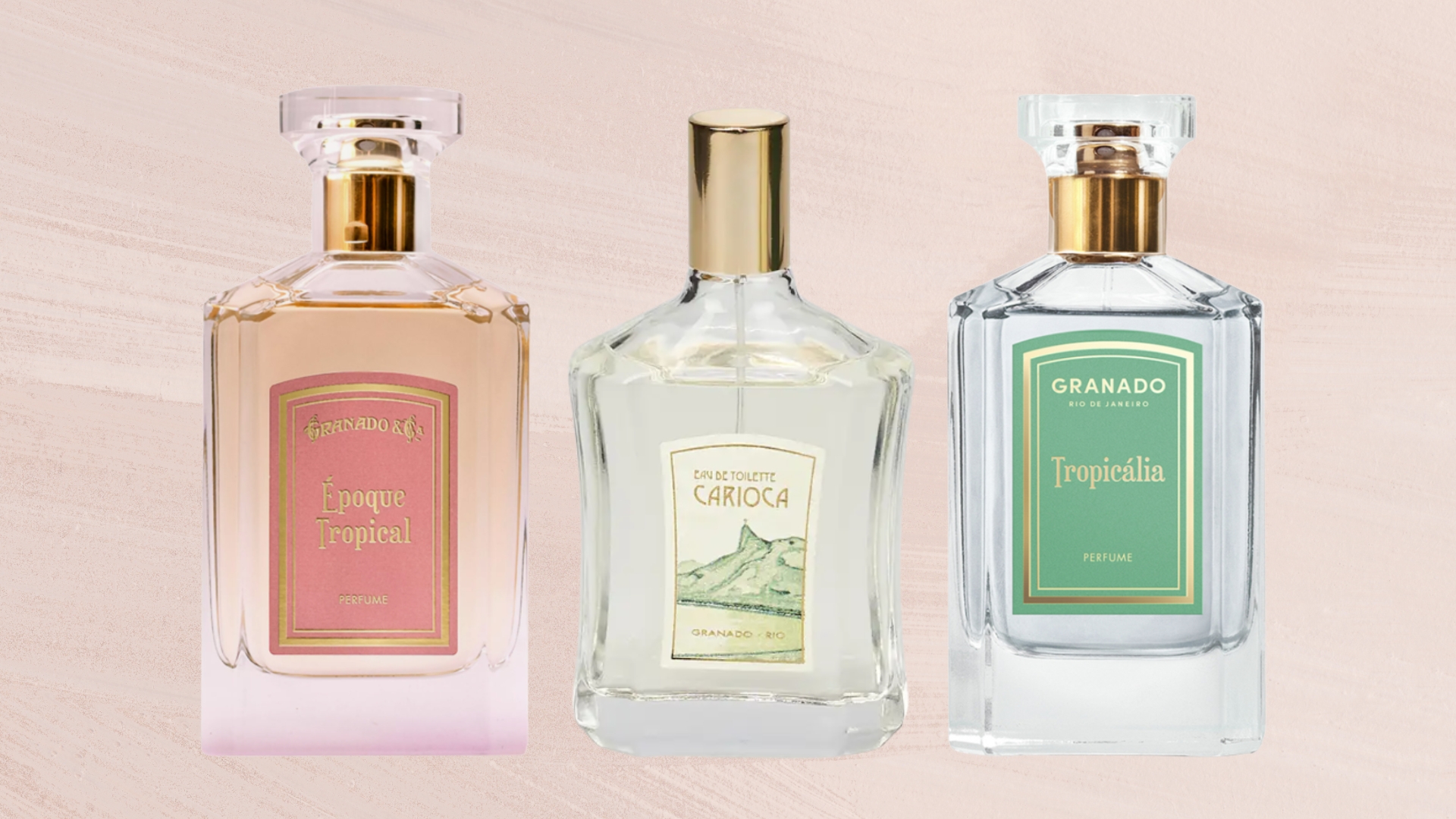 This chic, Brazillian perfume brand is our beauty team's secret to smelling expensive and unique
This chic, Brazillian perfume brand is our beauty team's secret to smelling expensive and uniqueFrom salty accords to modern twists on tuberose, there's a Granado perfume for every preference - but these 9 blends have our heart...
By Naomi Jamieson Published

